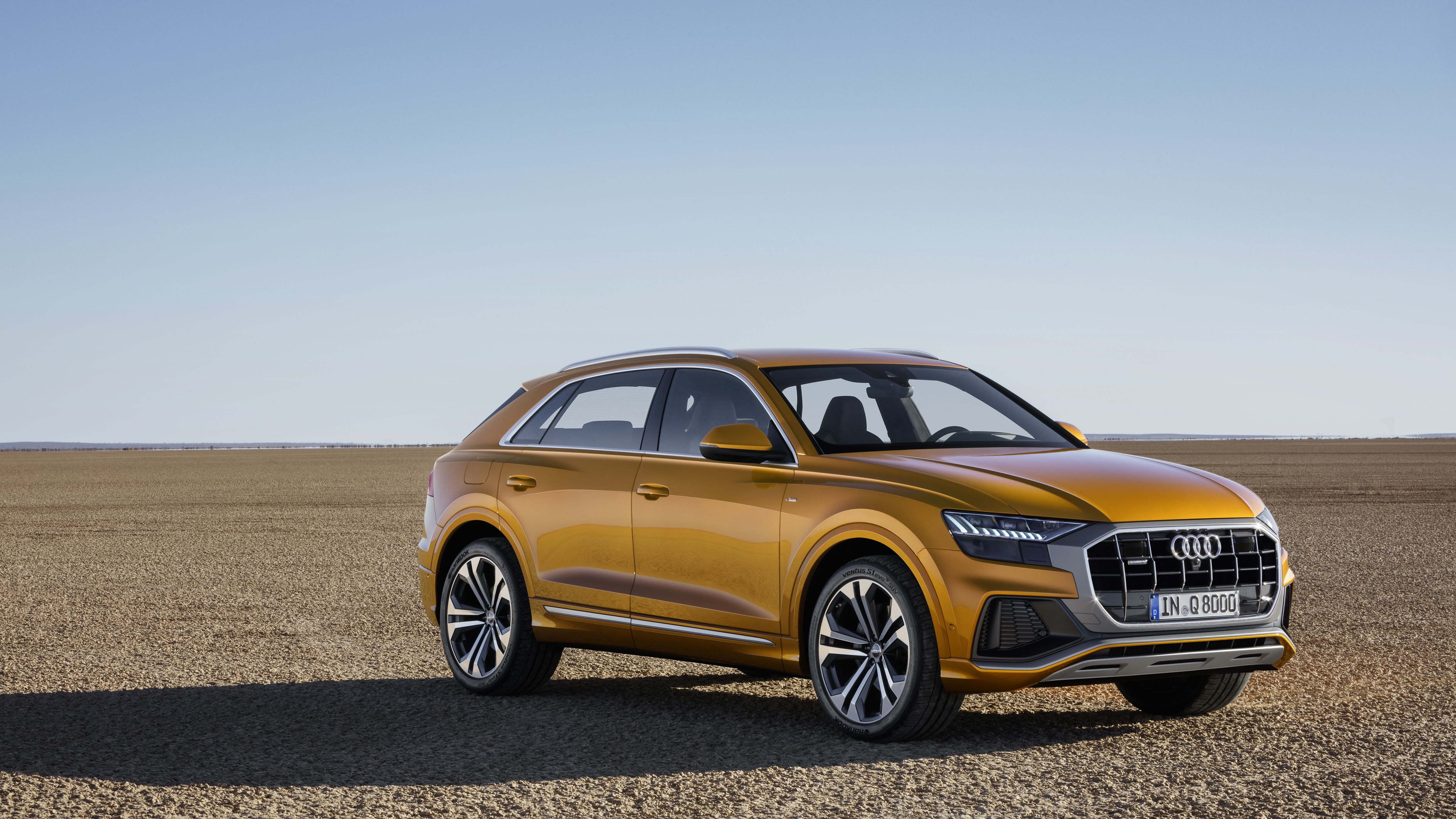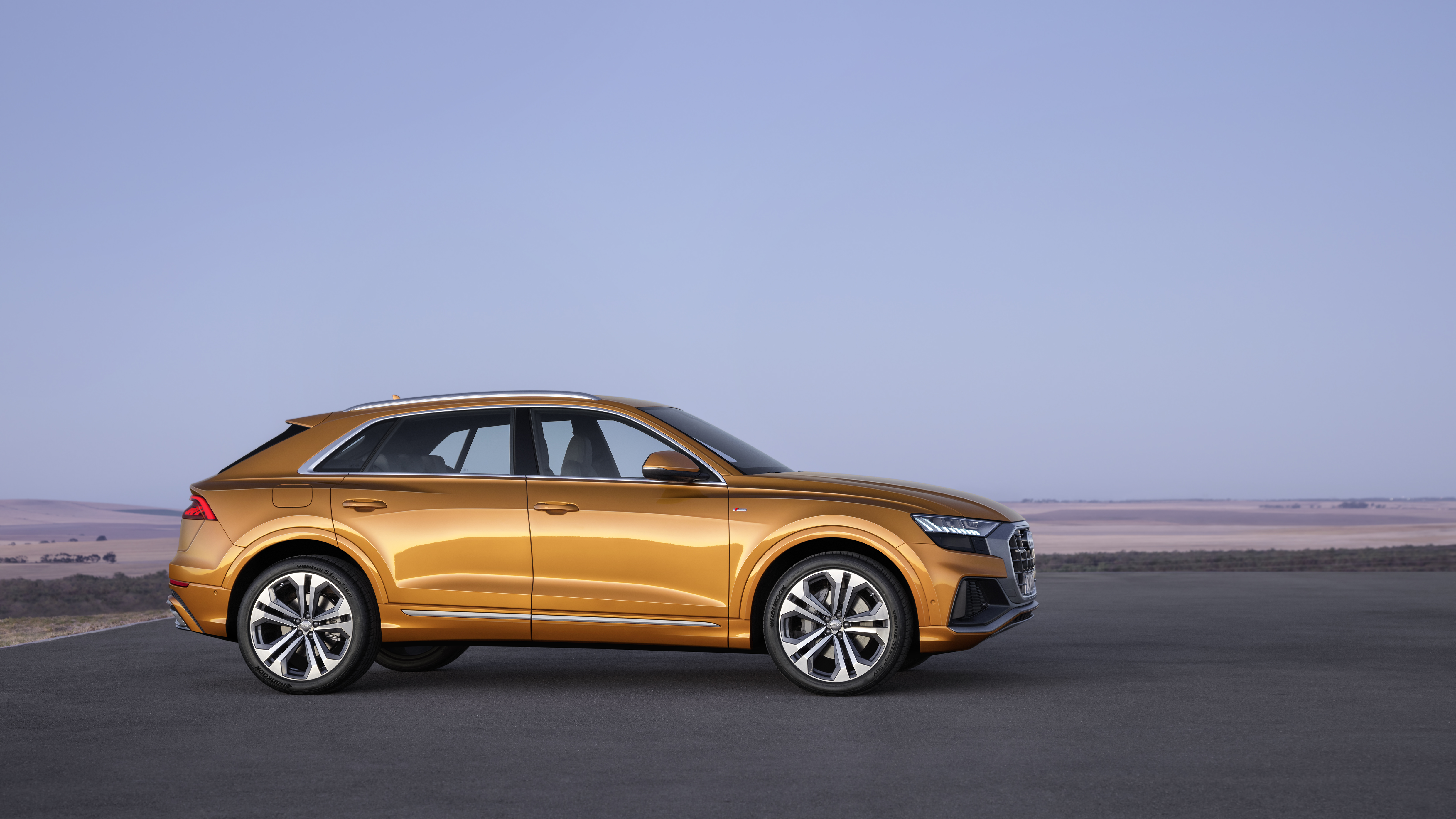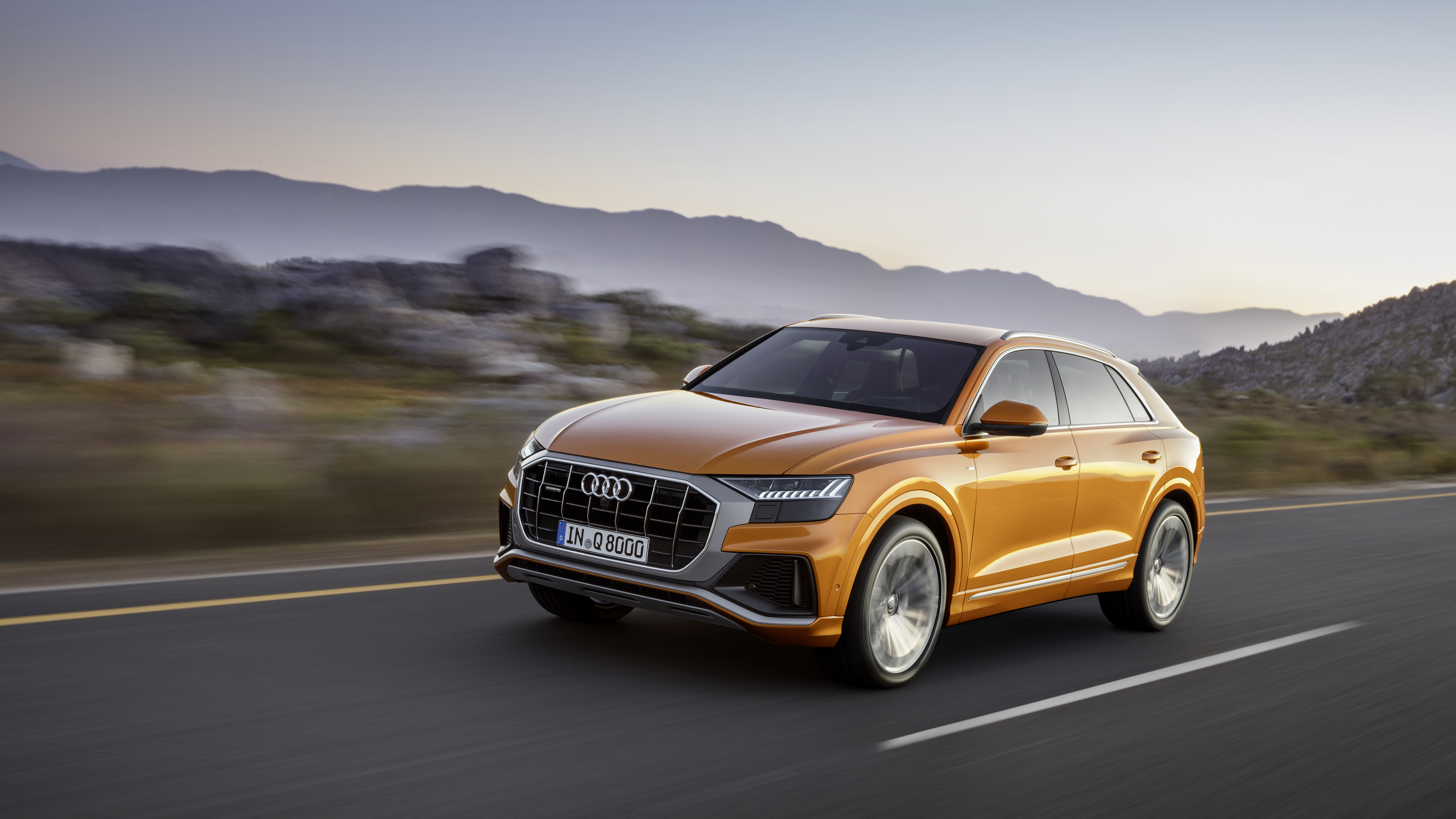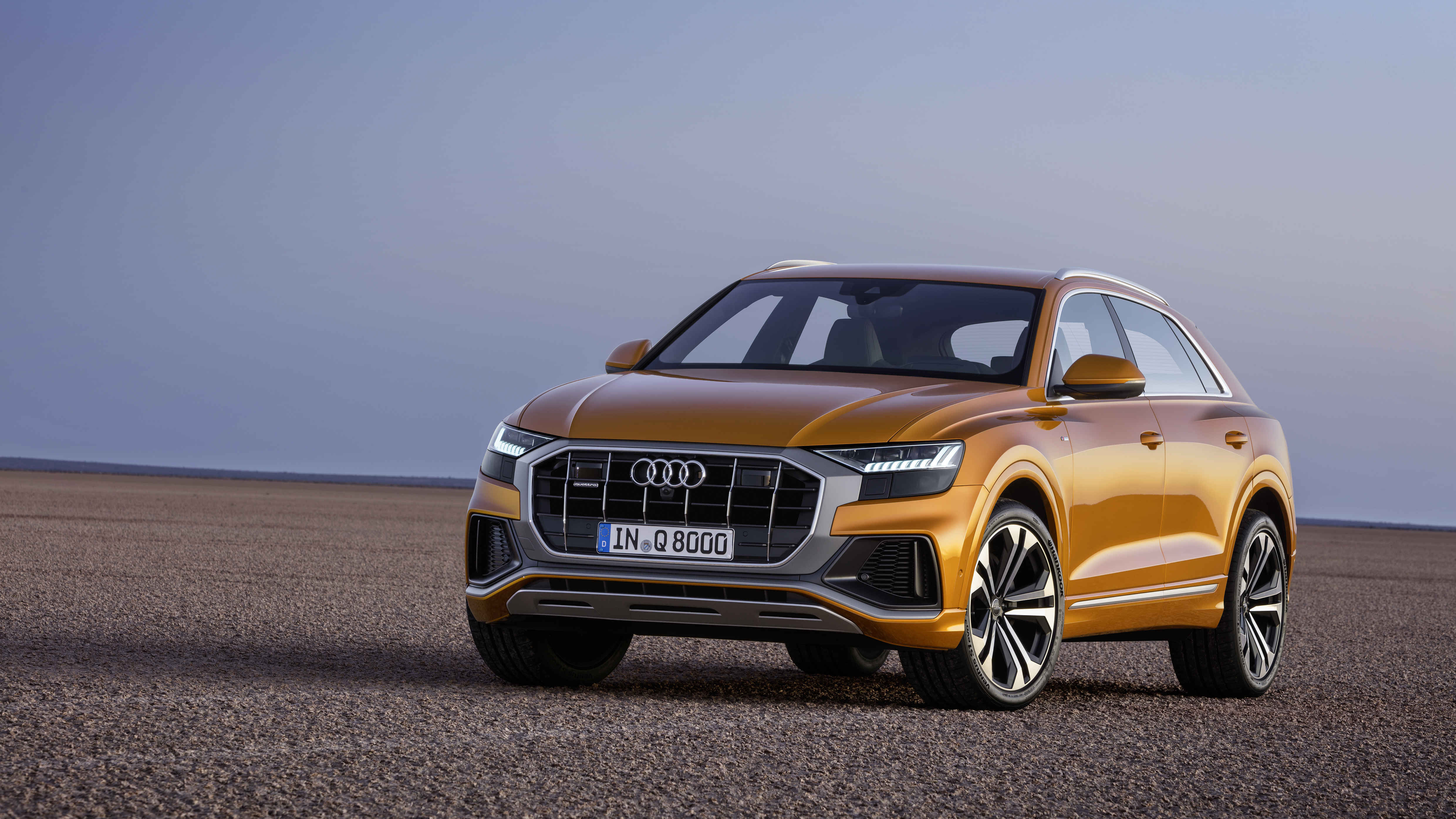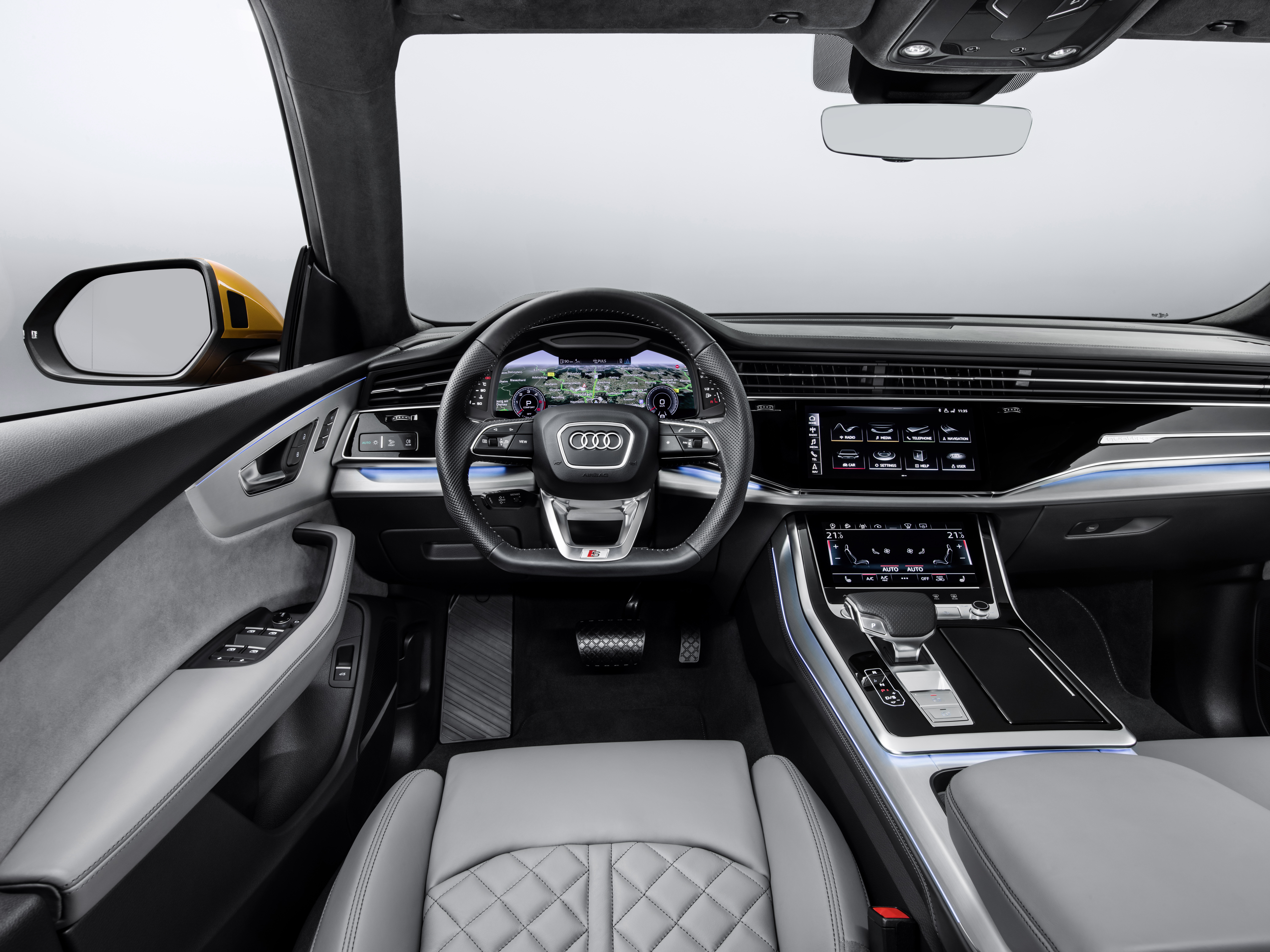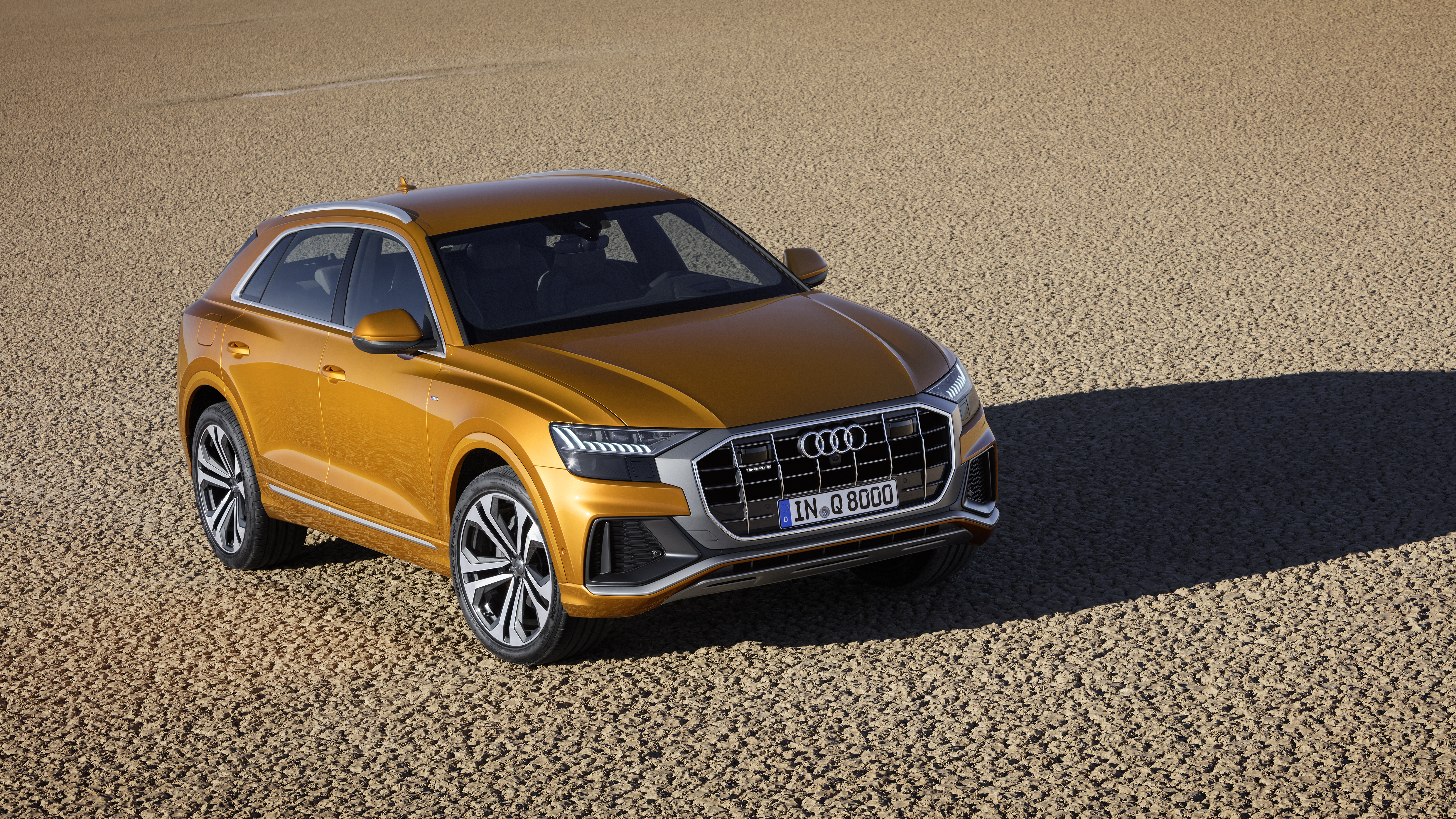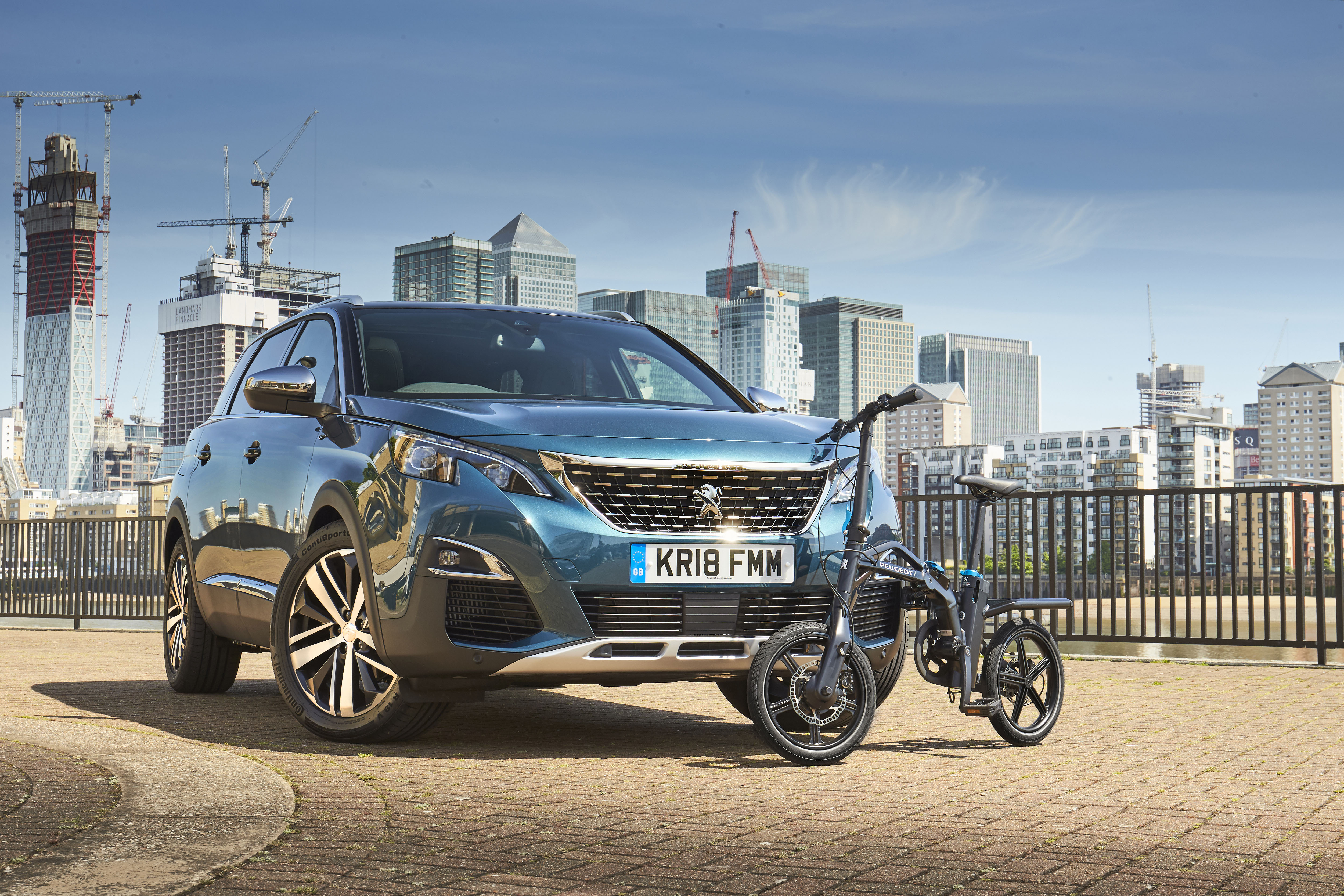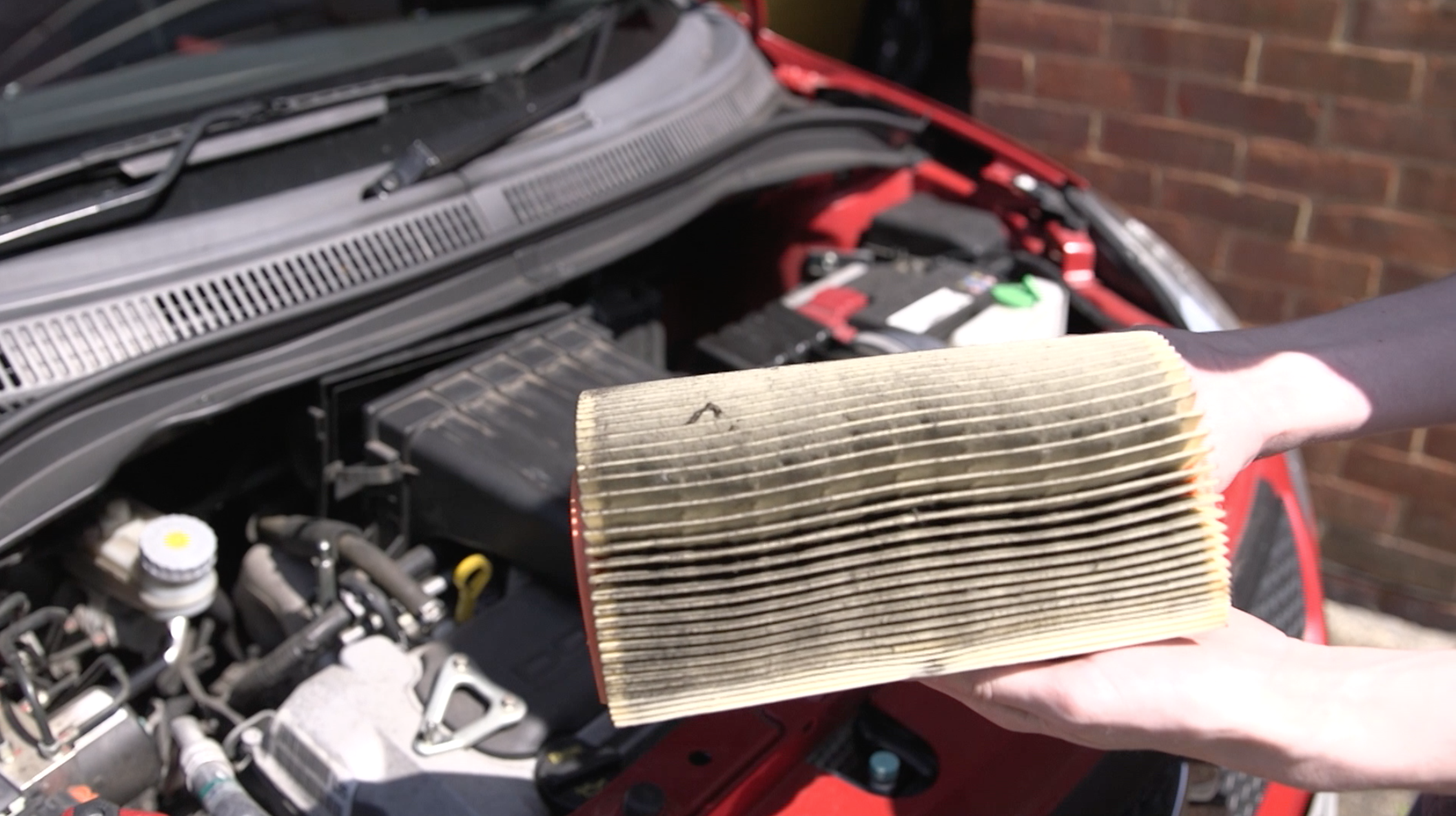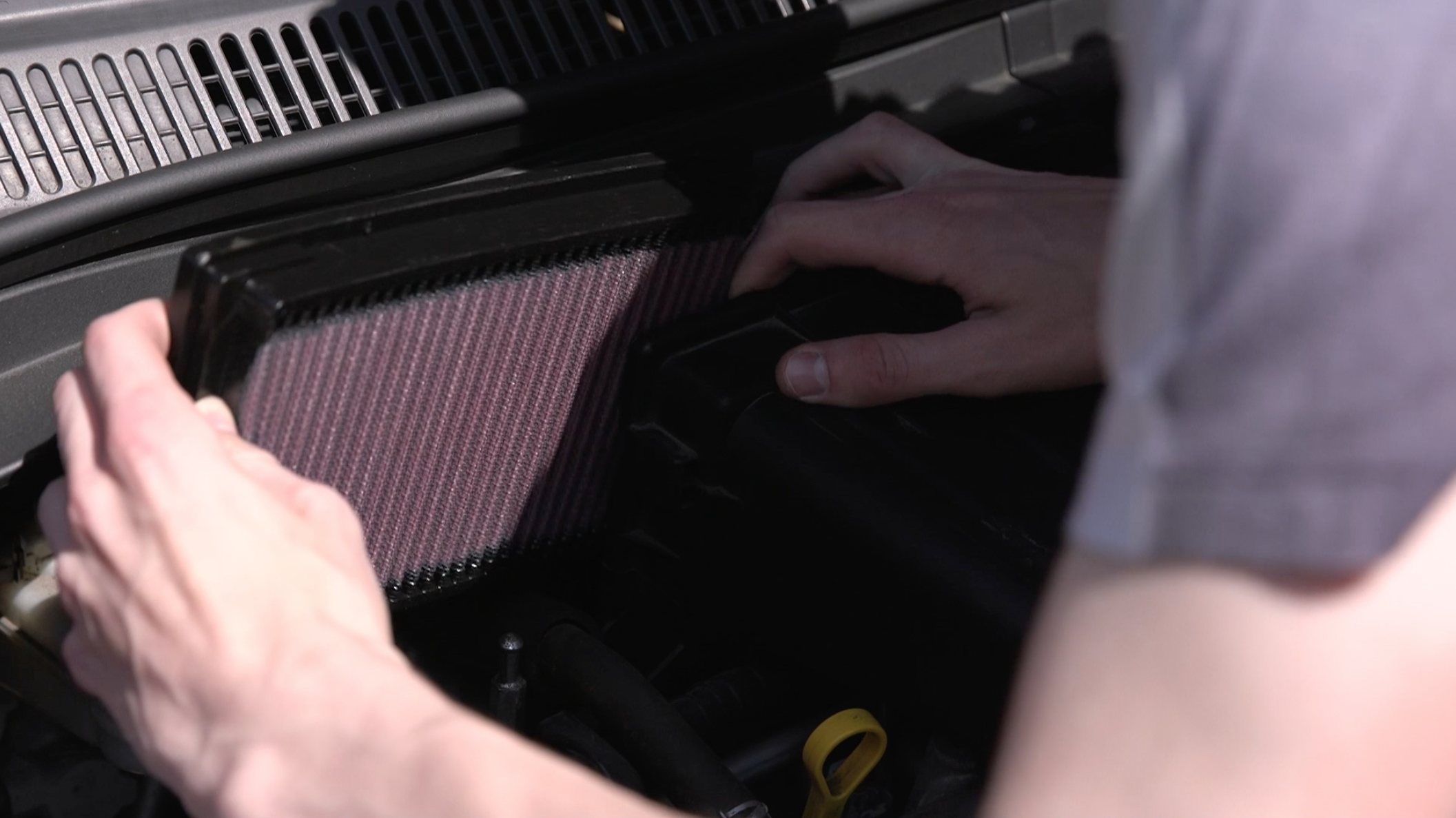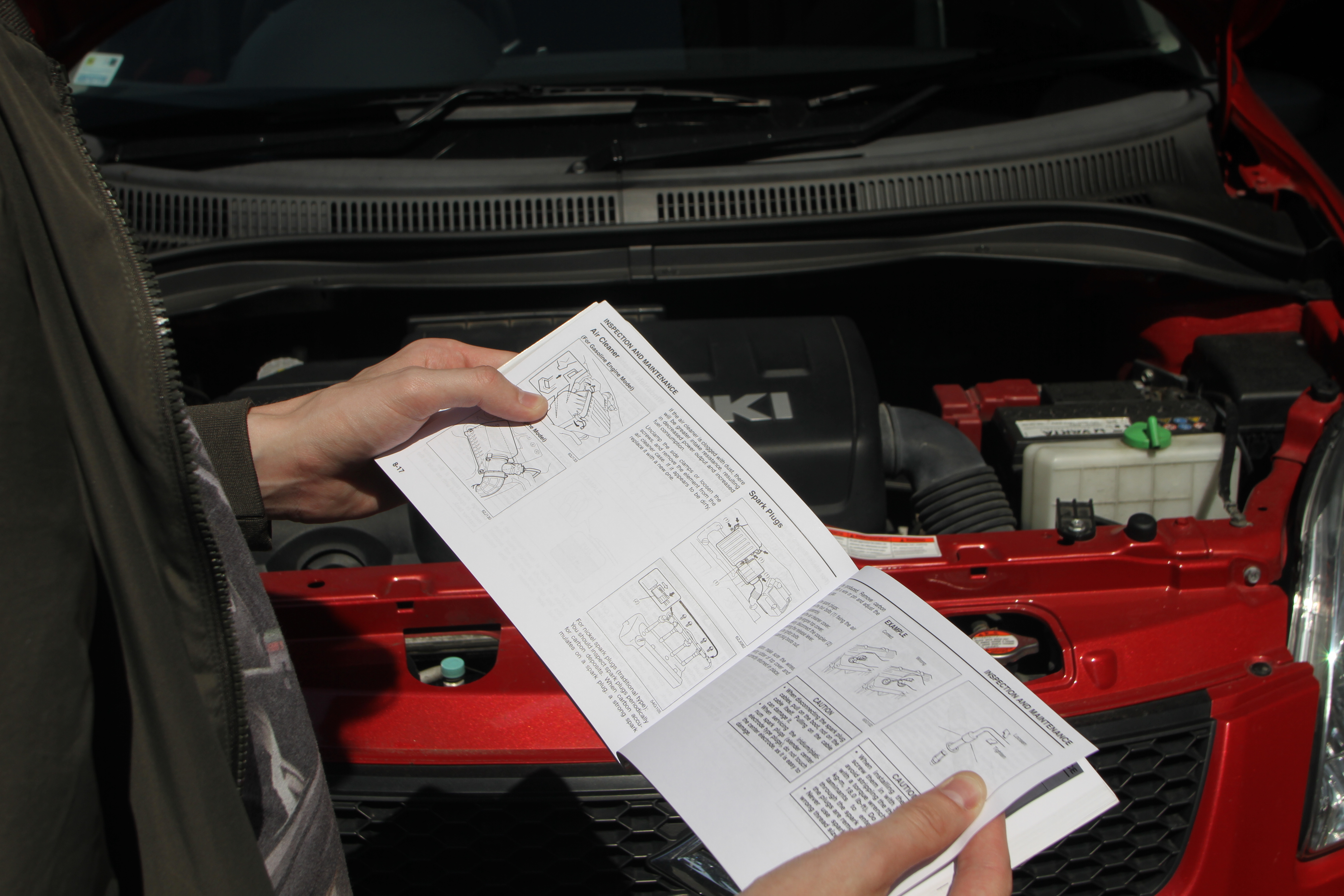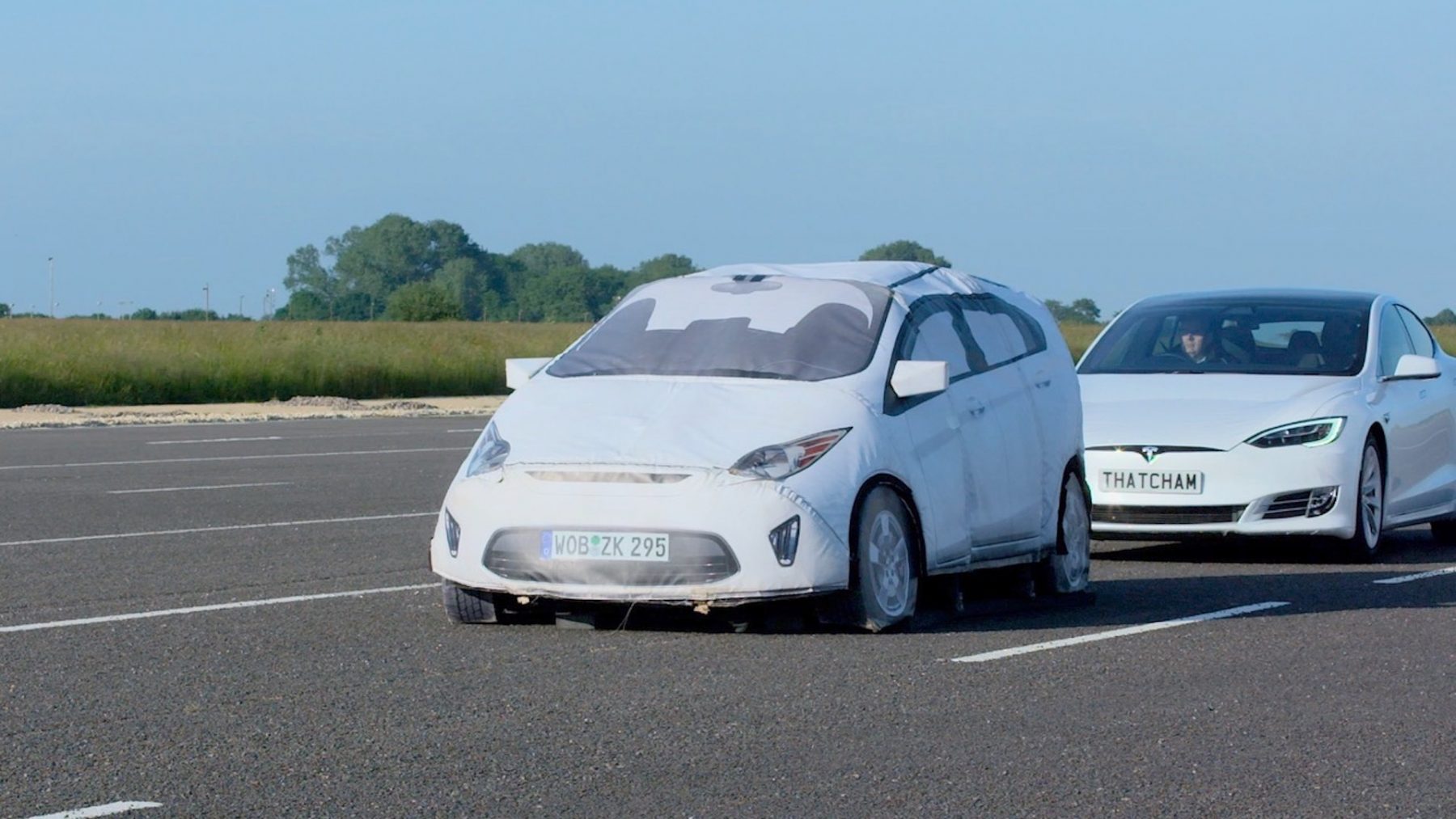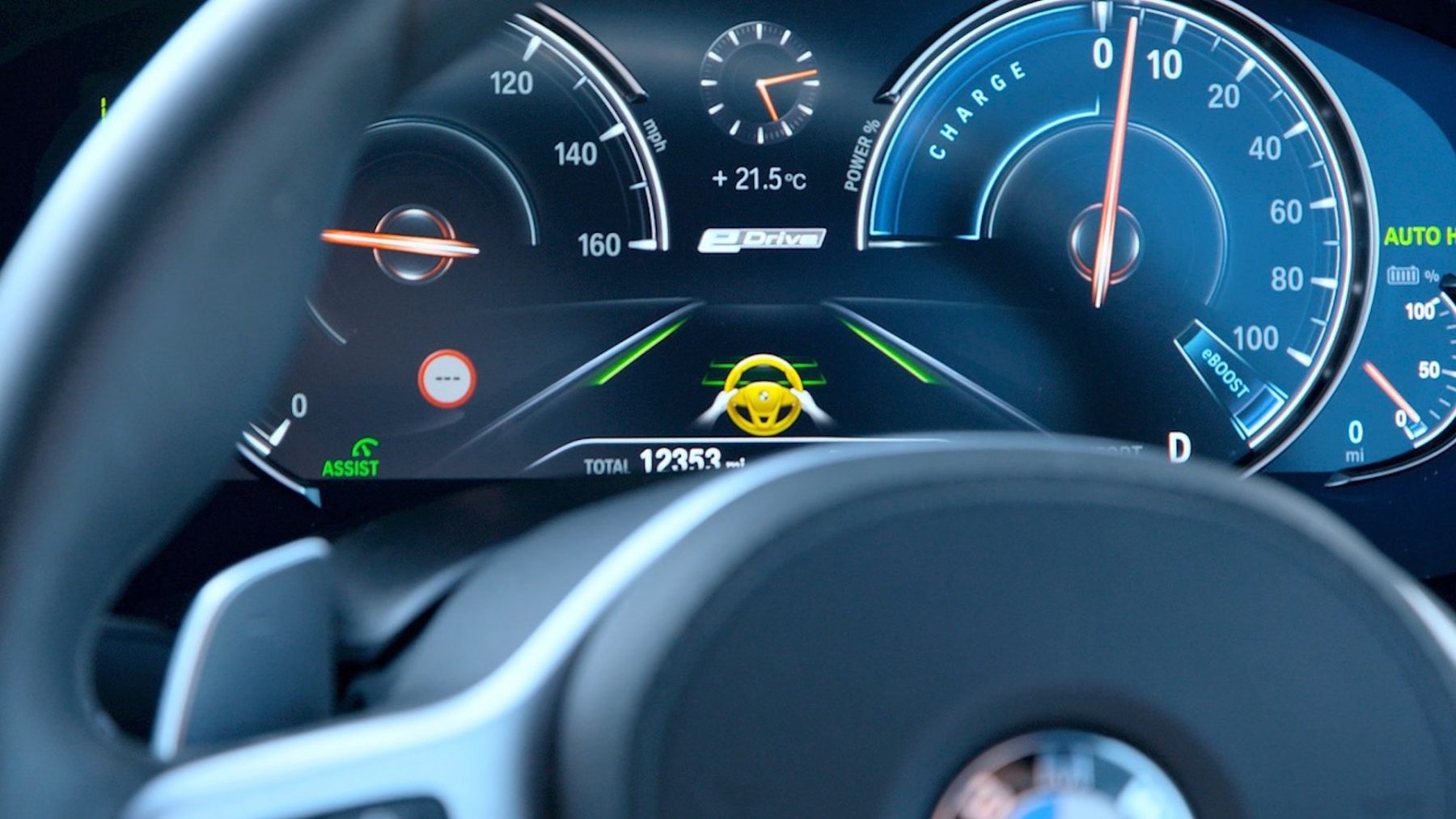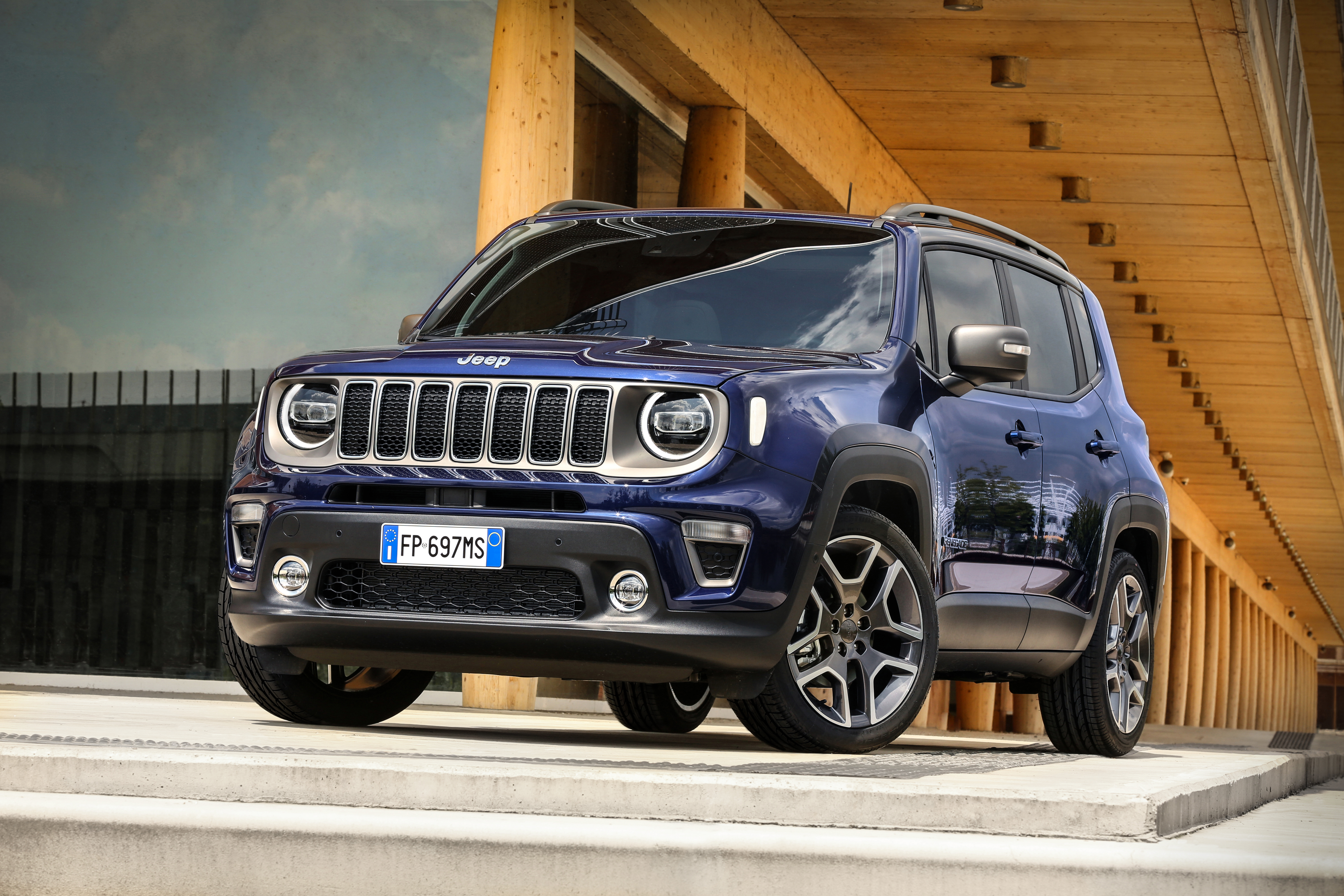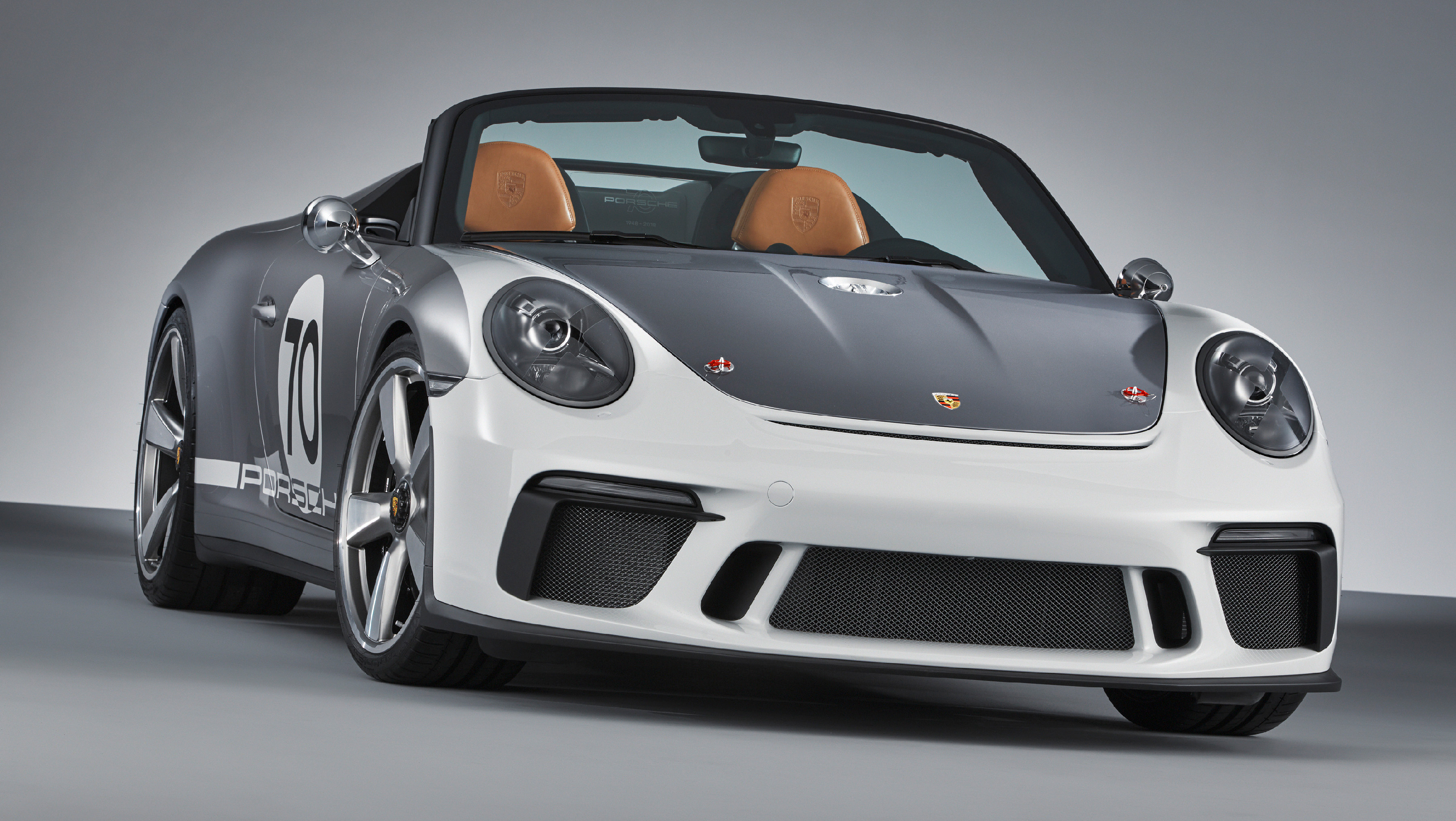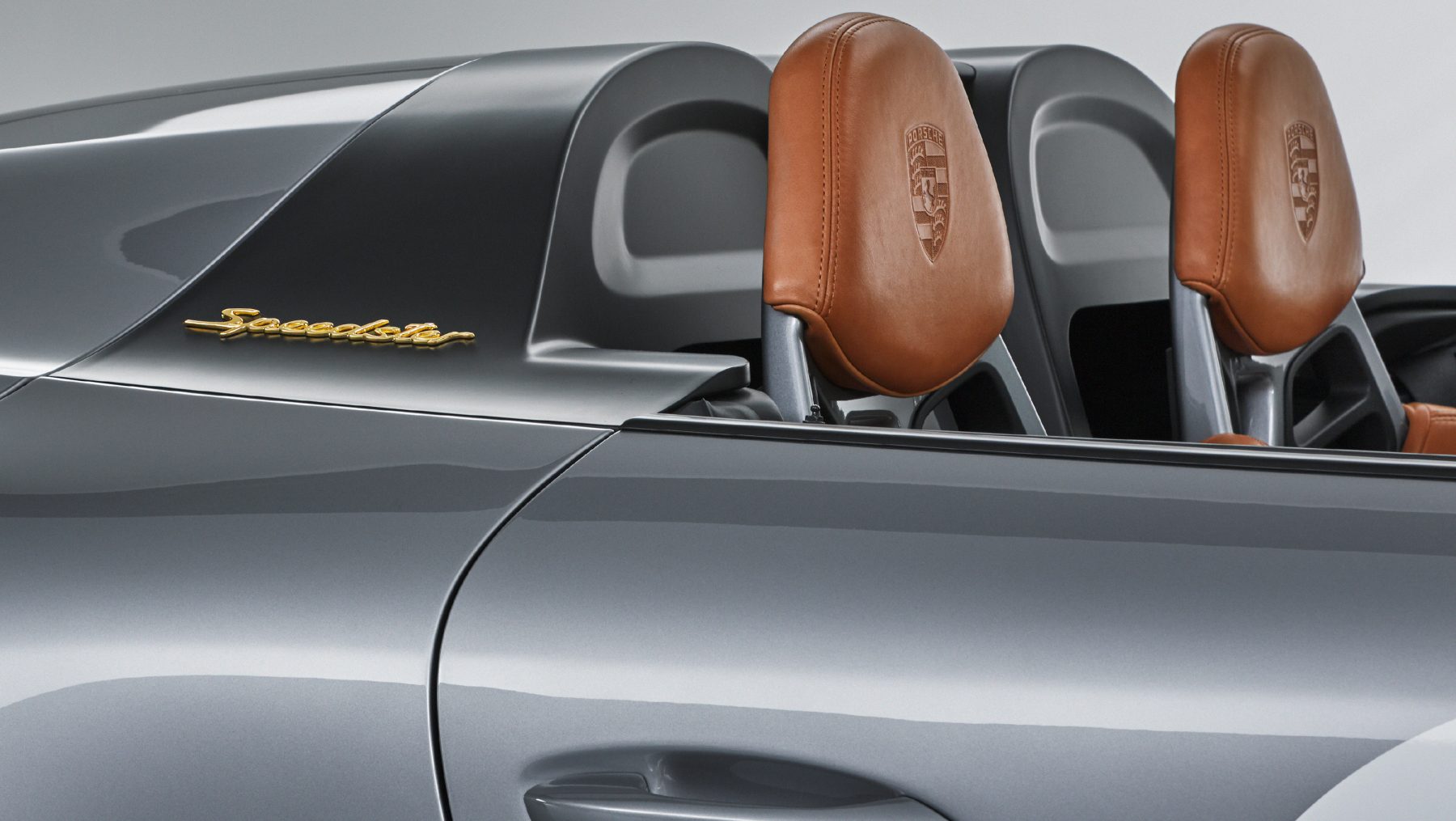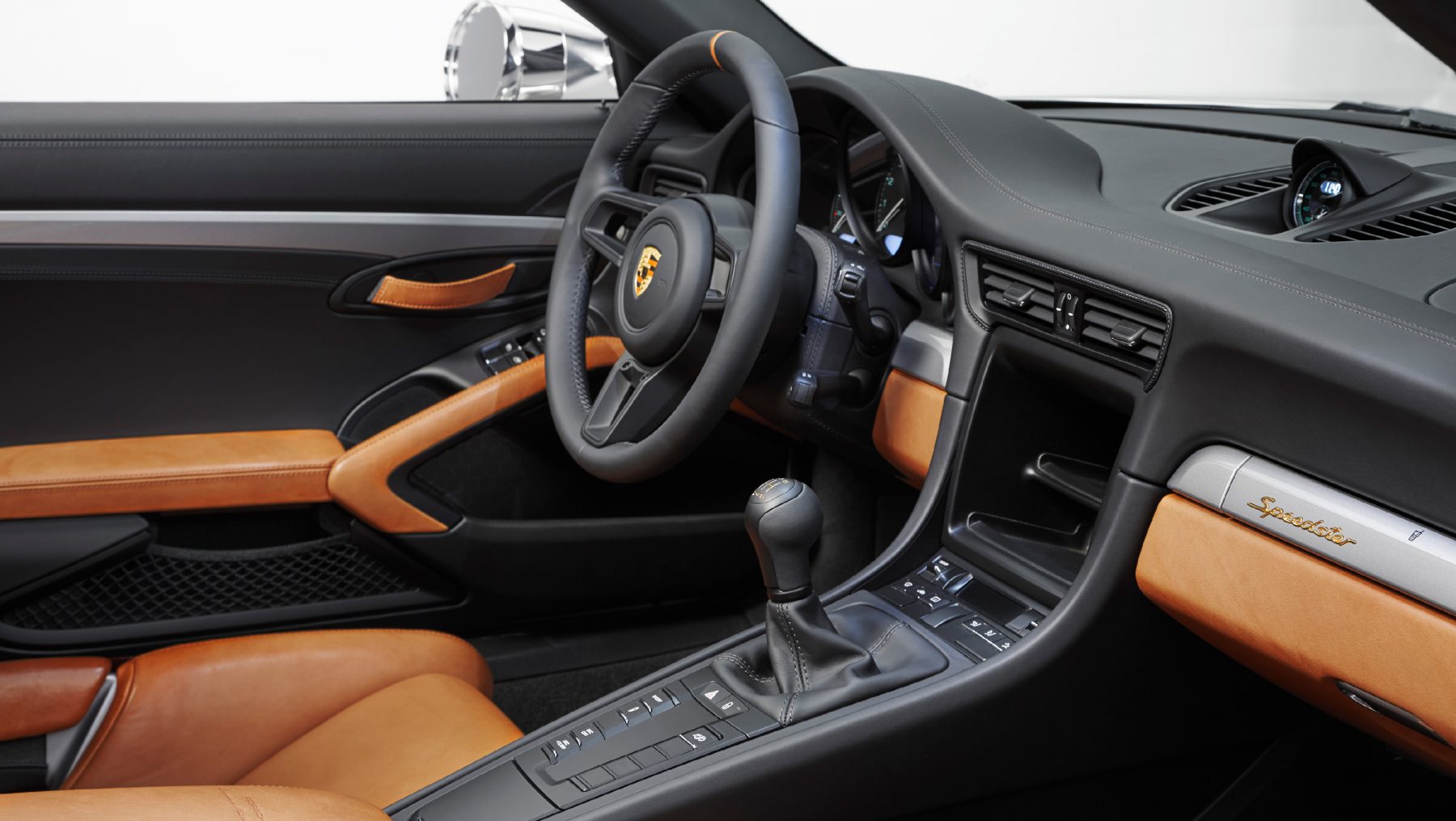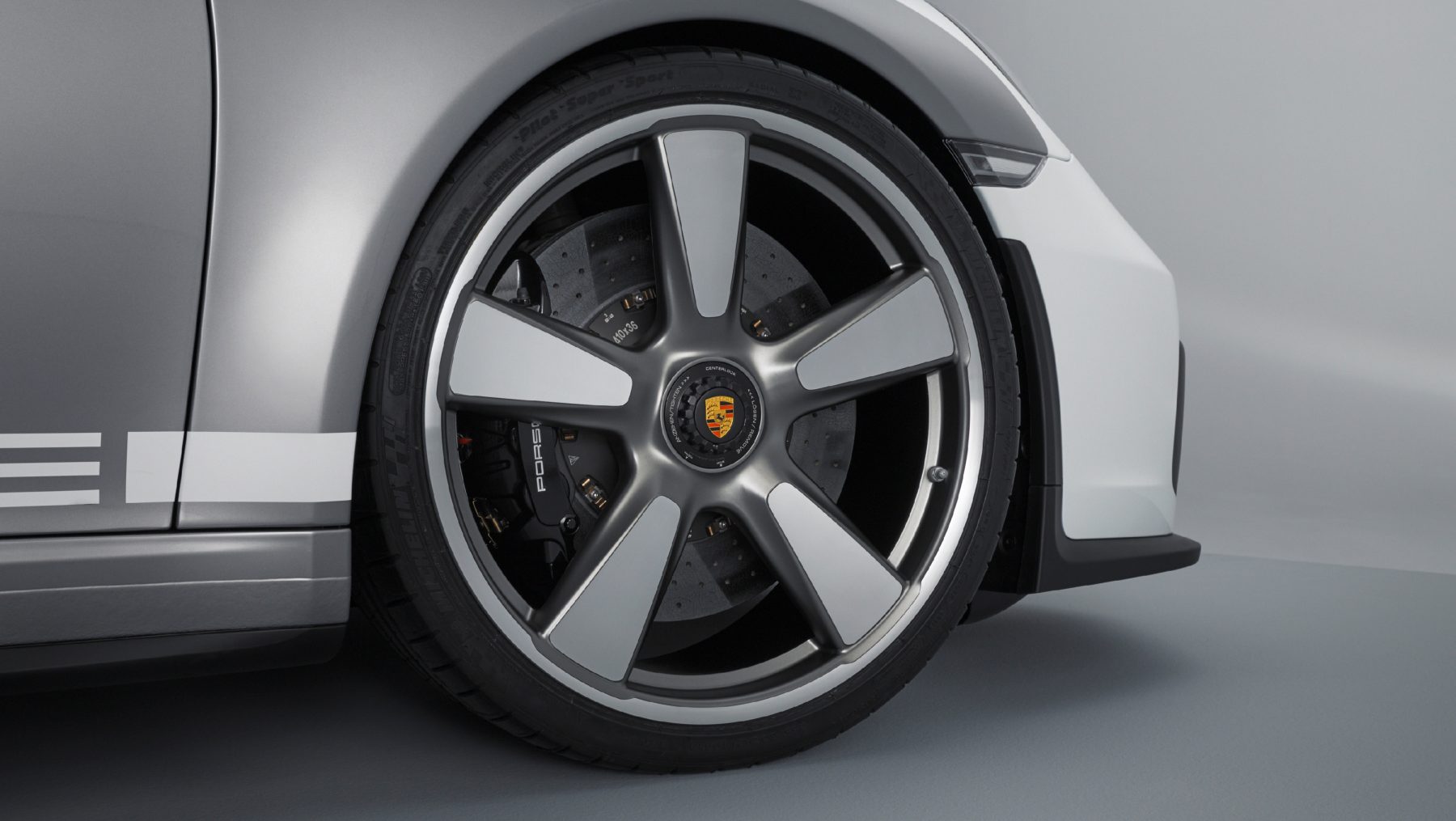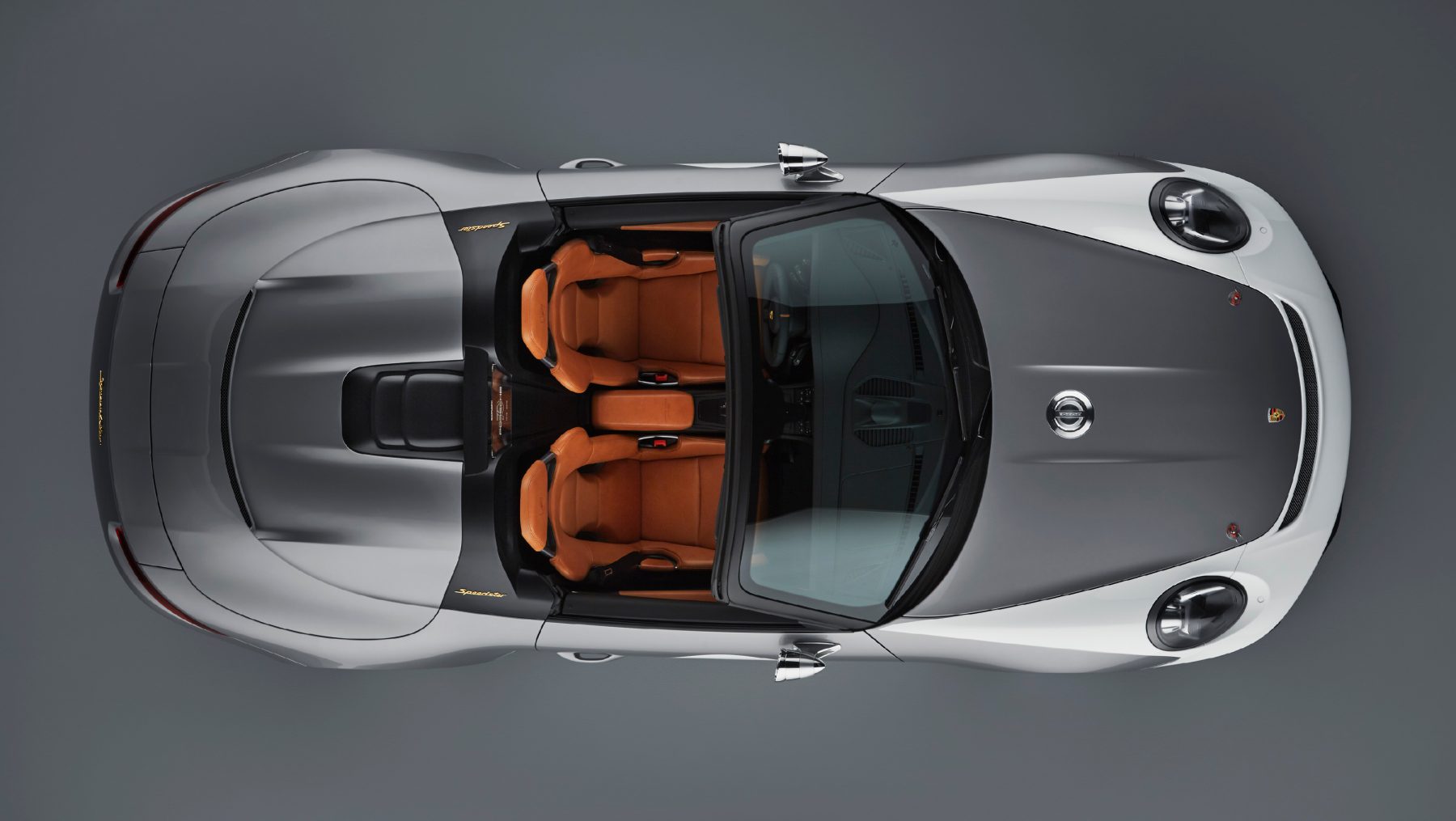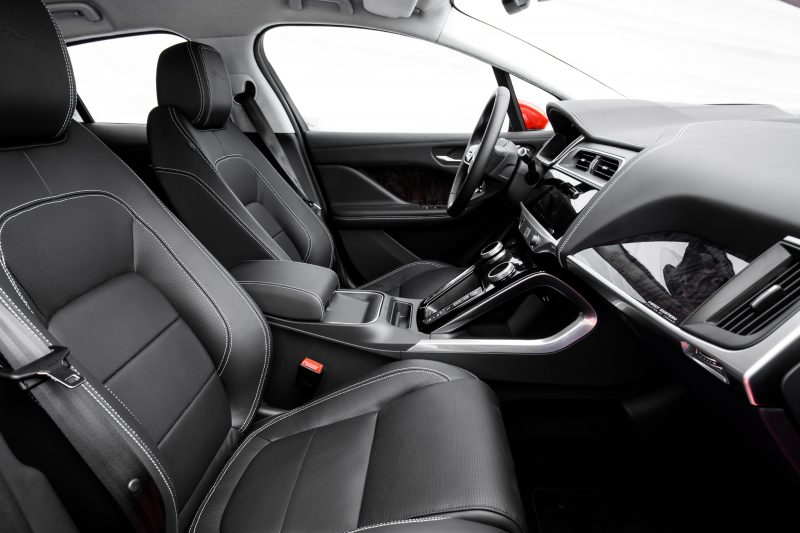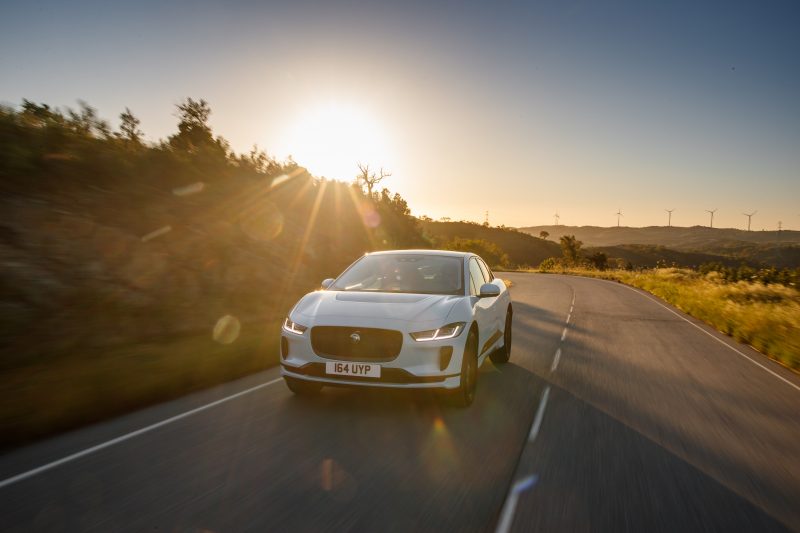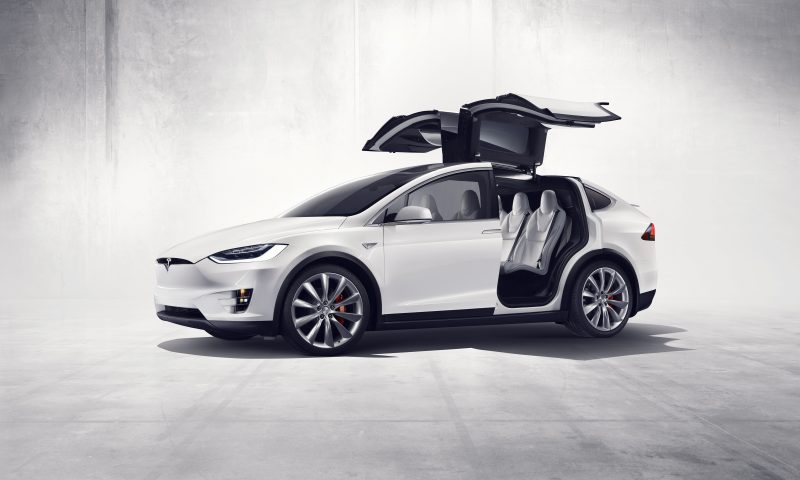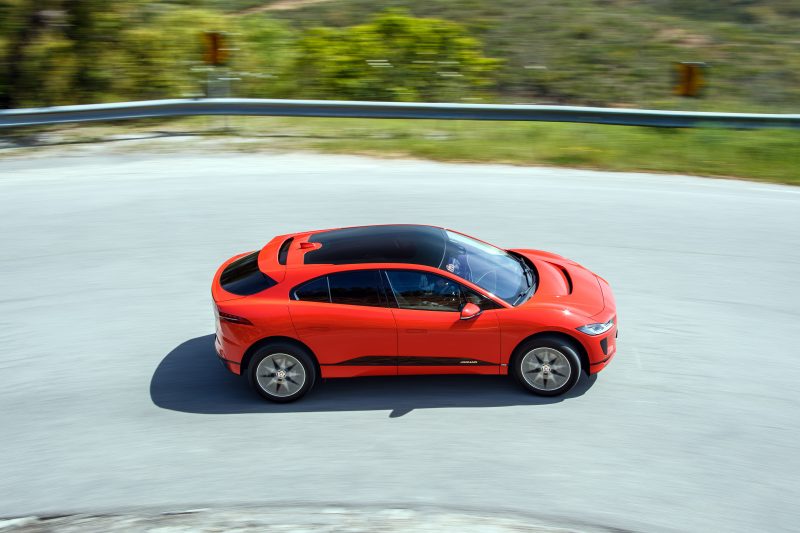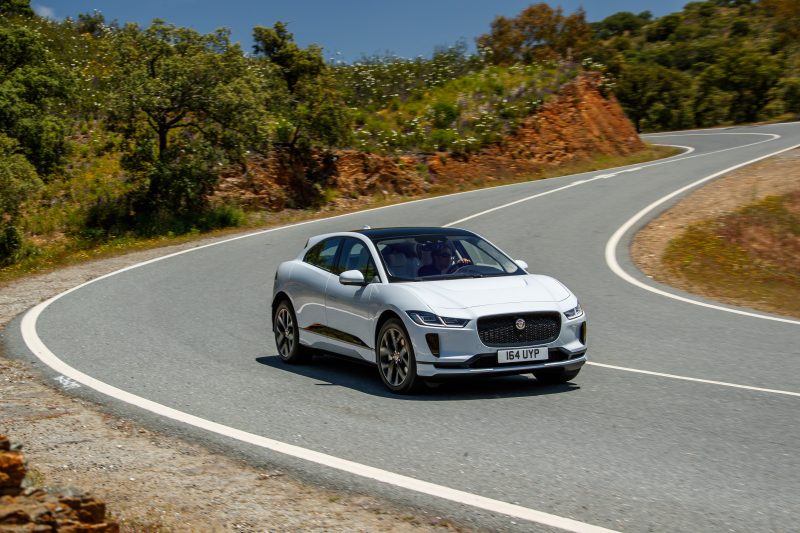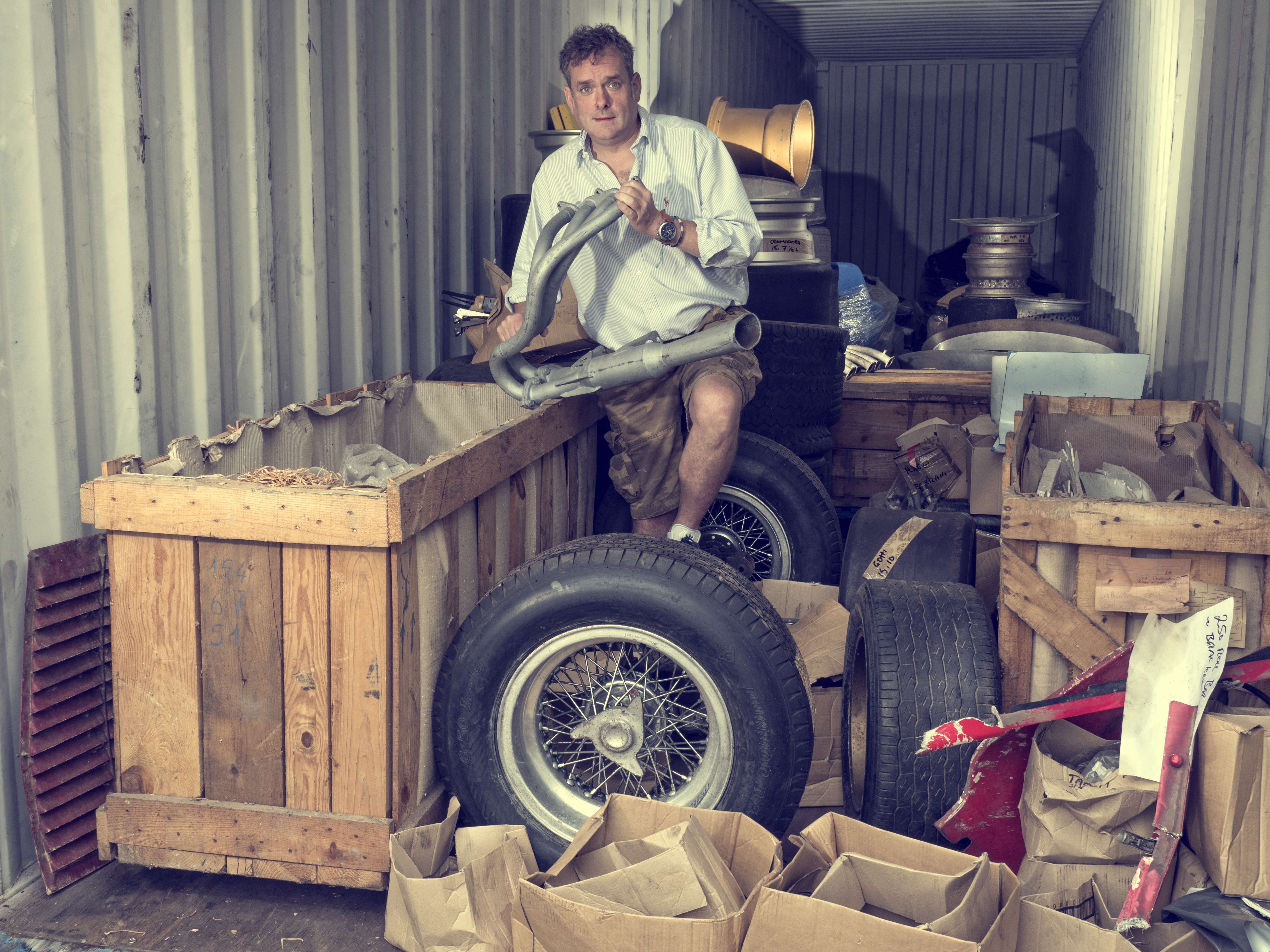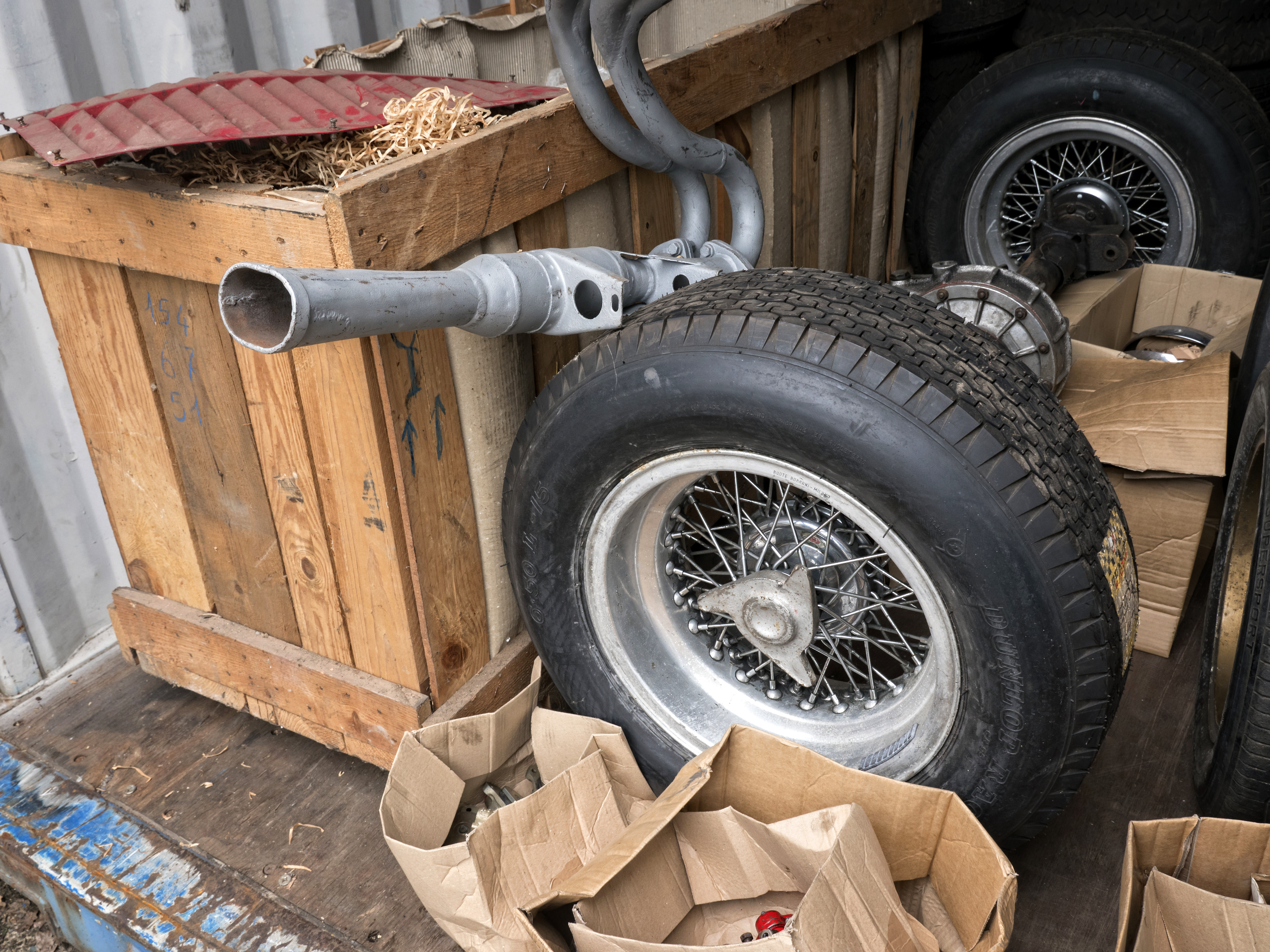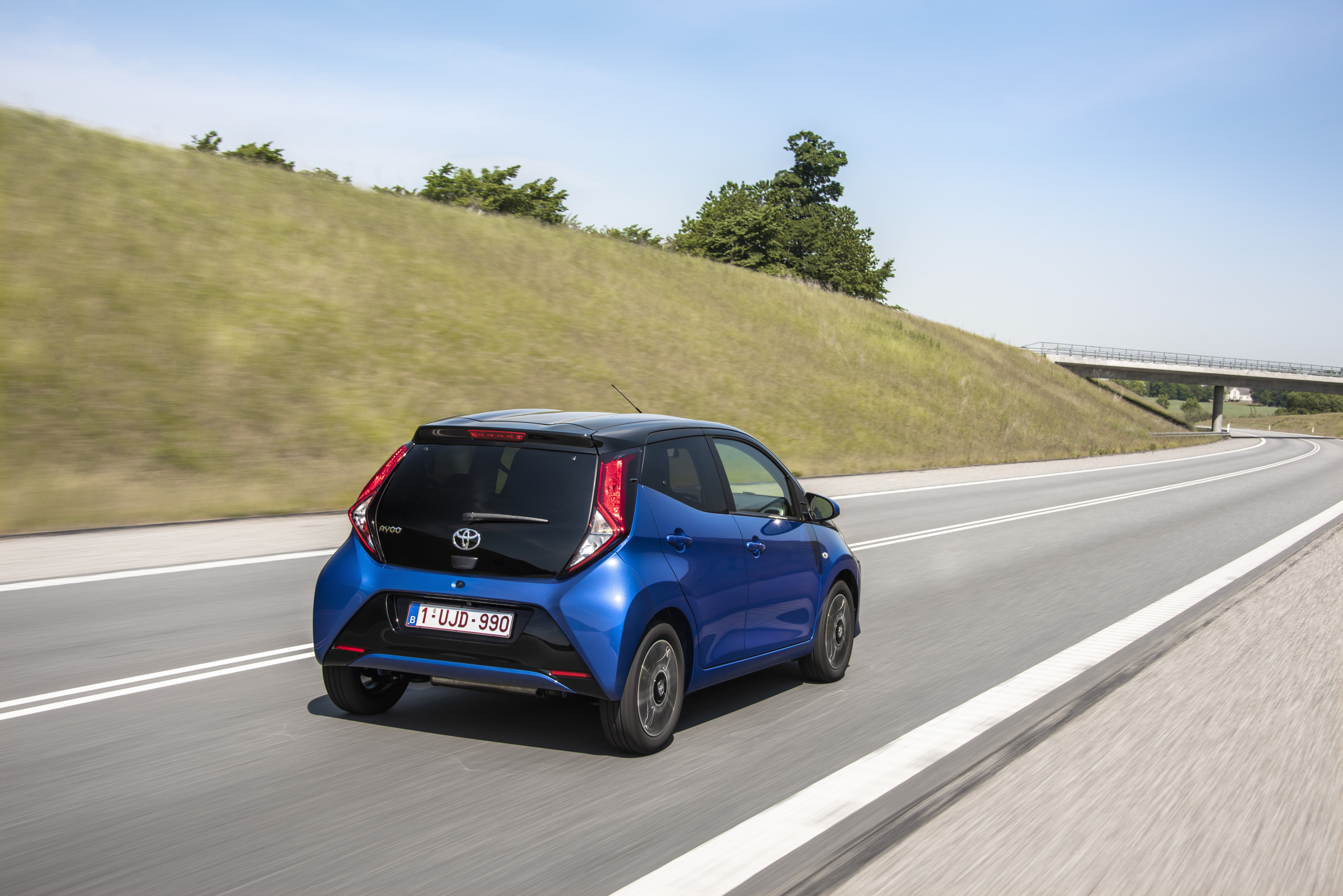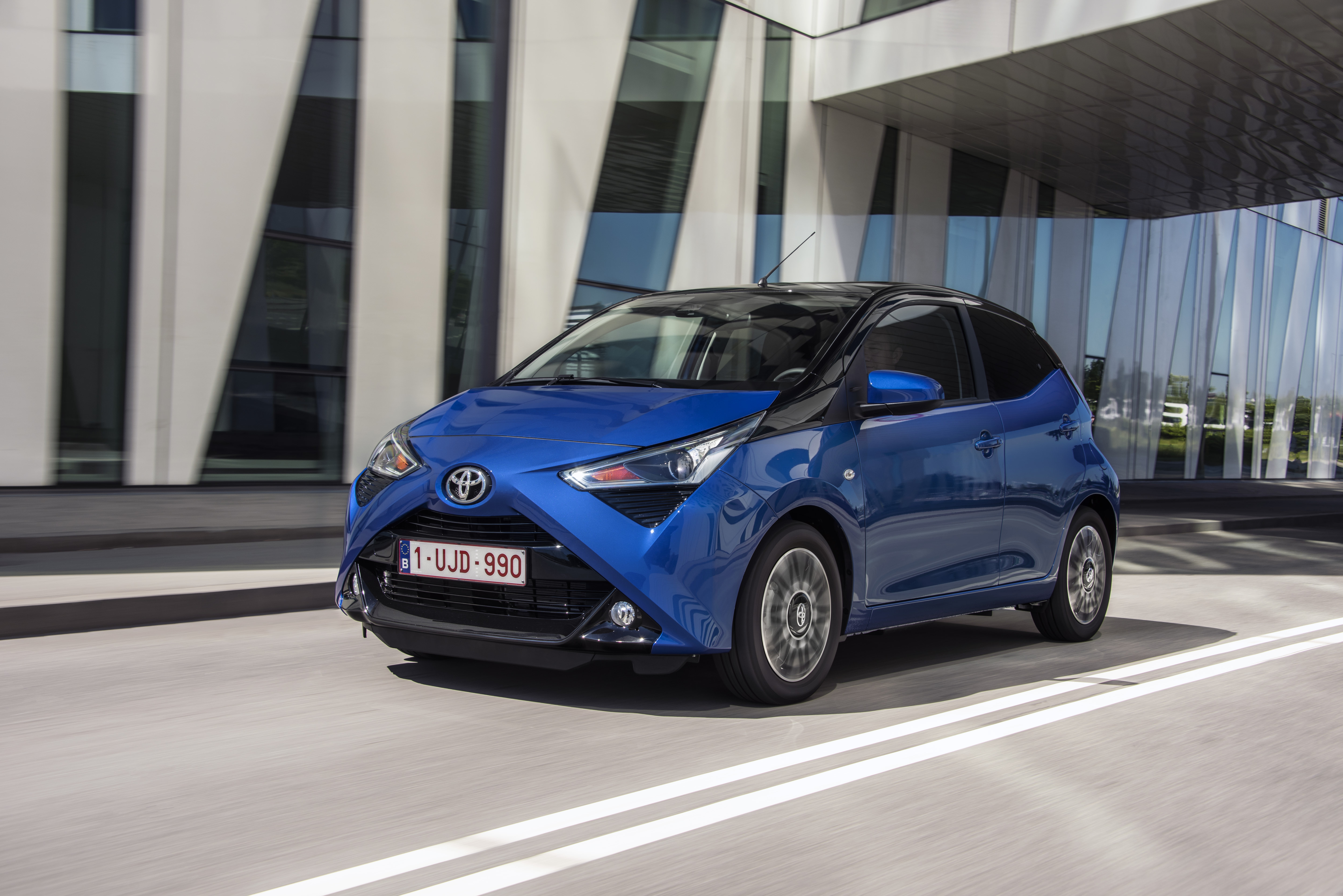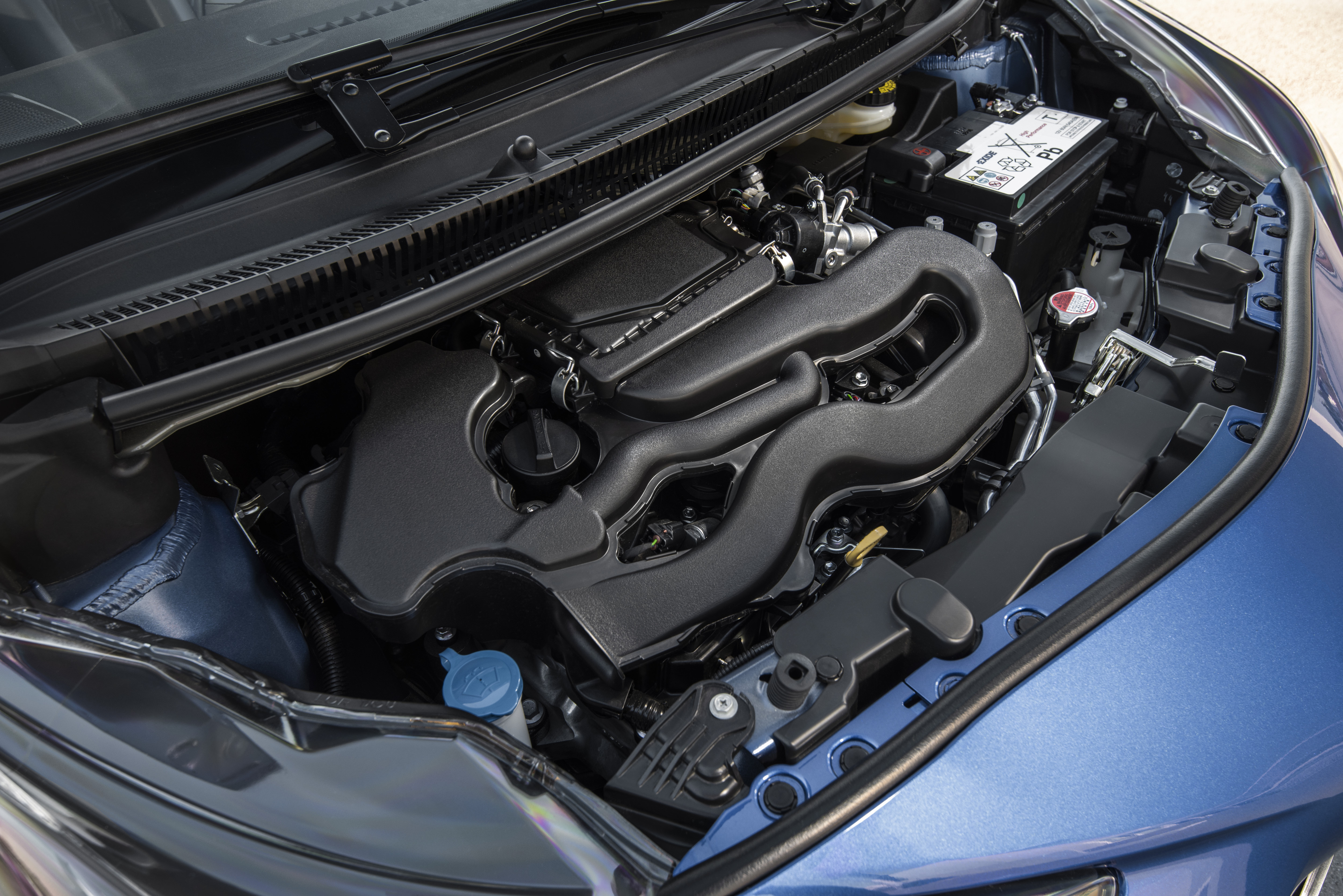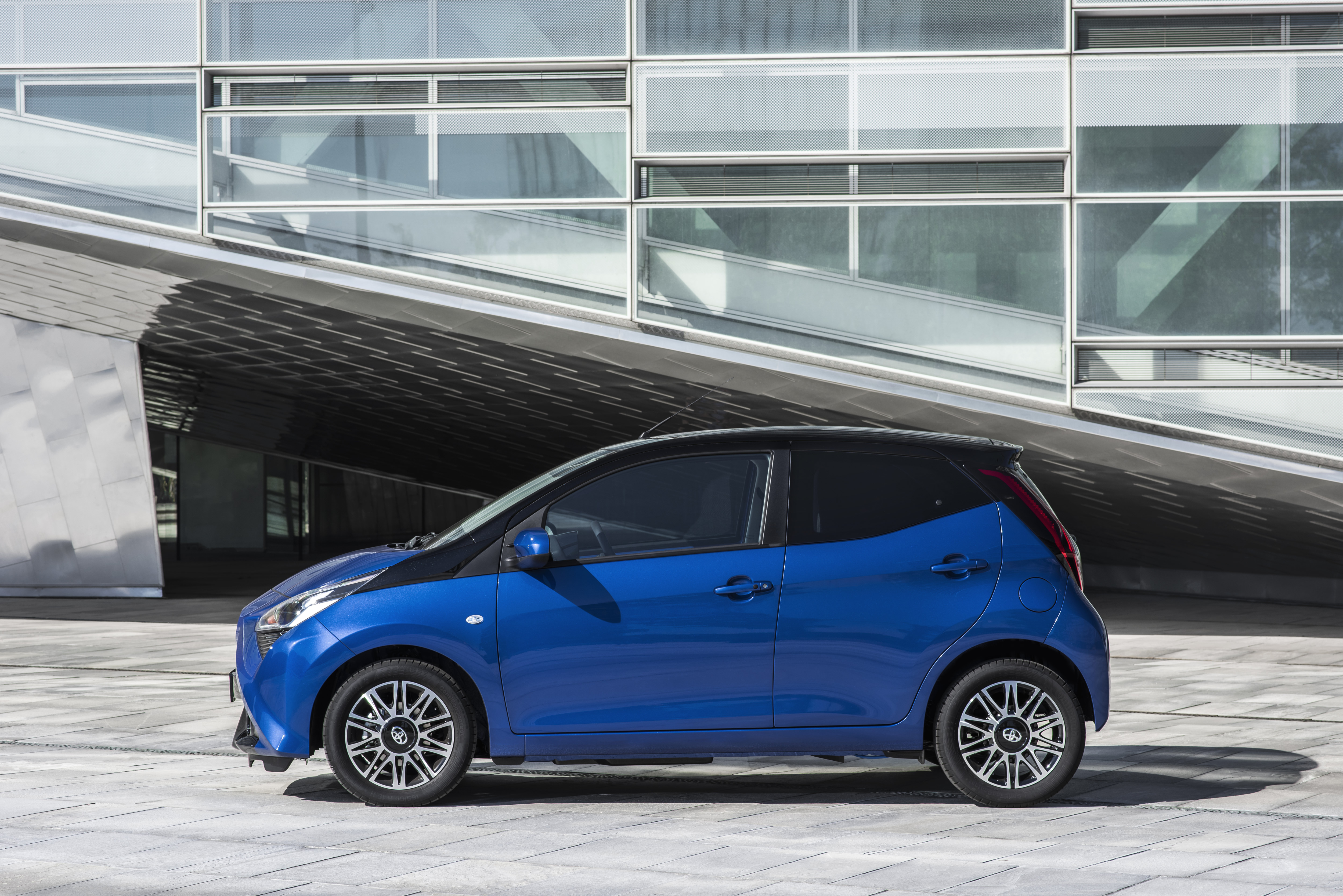What is it?
Much like Fatboy Slim in the 90s, Jeep’s back once again for the Renegade with a facelifted version of its compact SUV.
Introduced back in 2013, the Renegade was brought in by the FCA-owned, iconic American firm to capitalise on the boom in popularity for big-in-nature, but small-in-stature cars with using its legendary ruggedness as a key selling point.
It’s proven popular so far in parts of Europe, but the Renegade remains a rare sight on UK roads — though Jeep will be hoping a refresh of the model might bring it to the forefront of a market that shows no signs of slowing down.
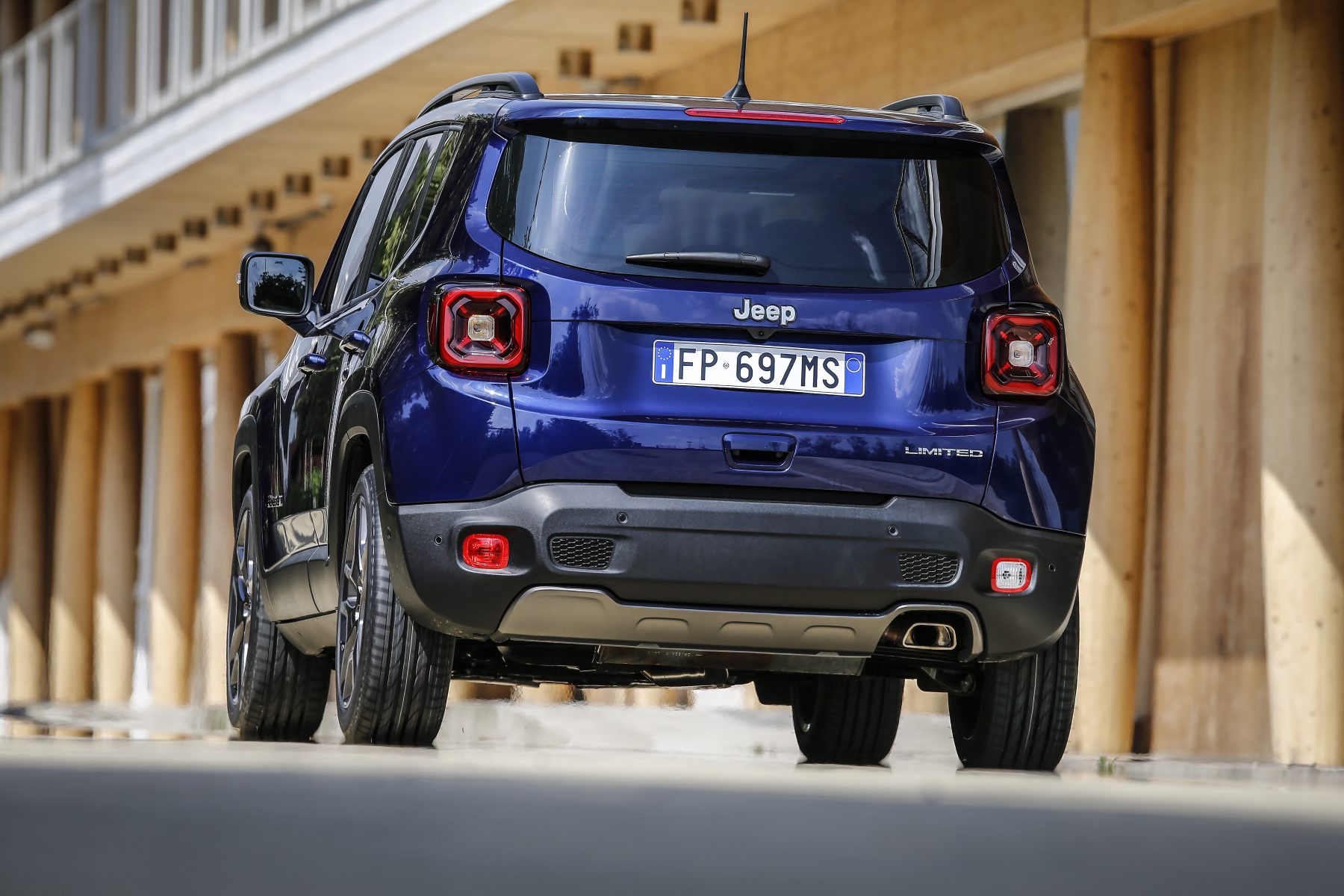
What’s new?
On the face of things, this may look little more than just a fresh face on an ageing body — and you actually wouldn’t be too far wrong.
The new Renegade doesn’t revolutionise the formula, but there’s definitely some noteworthy changes — the most obvious being its new front fascia that brings an array of LEDs to the mix.
New powertrain options are present, too. An entirely refreshed petrol range features for the compact SUV — though diesel options remain unchanged at the core, with a few minor tweaks to update them.
What’s under the bonnet?
One of the new petrol options on offer powered our Jeep Renegade test car. It’s a three-cylinder 1.0-litre turbocharged unit, delivering 118bhp and 190Nm of torque — here paired up to a six-speed manual gearbox that sends power through to the front wheels. There’s been no official word on how that translates into performance times or efficiency yet.
It’s a flexible enough unit, offering a nice, wide band of power across the rev range that proves plentiful around the town — although a lack of refinement becomes quite noticeable on the motorway cruise. The six-speed gearbox has a positive feel to it too, with a satisfying robustness to each change and with ratios well-matched to the engine.
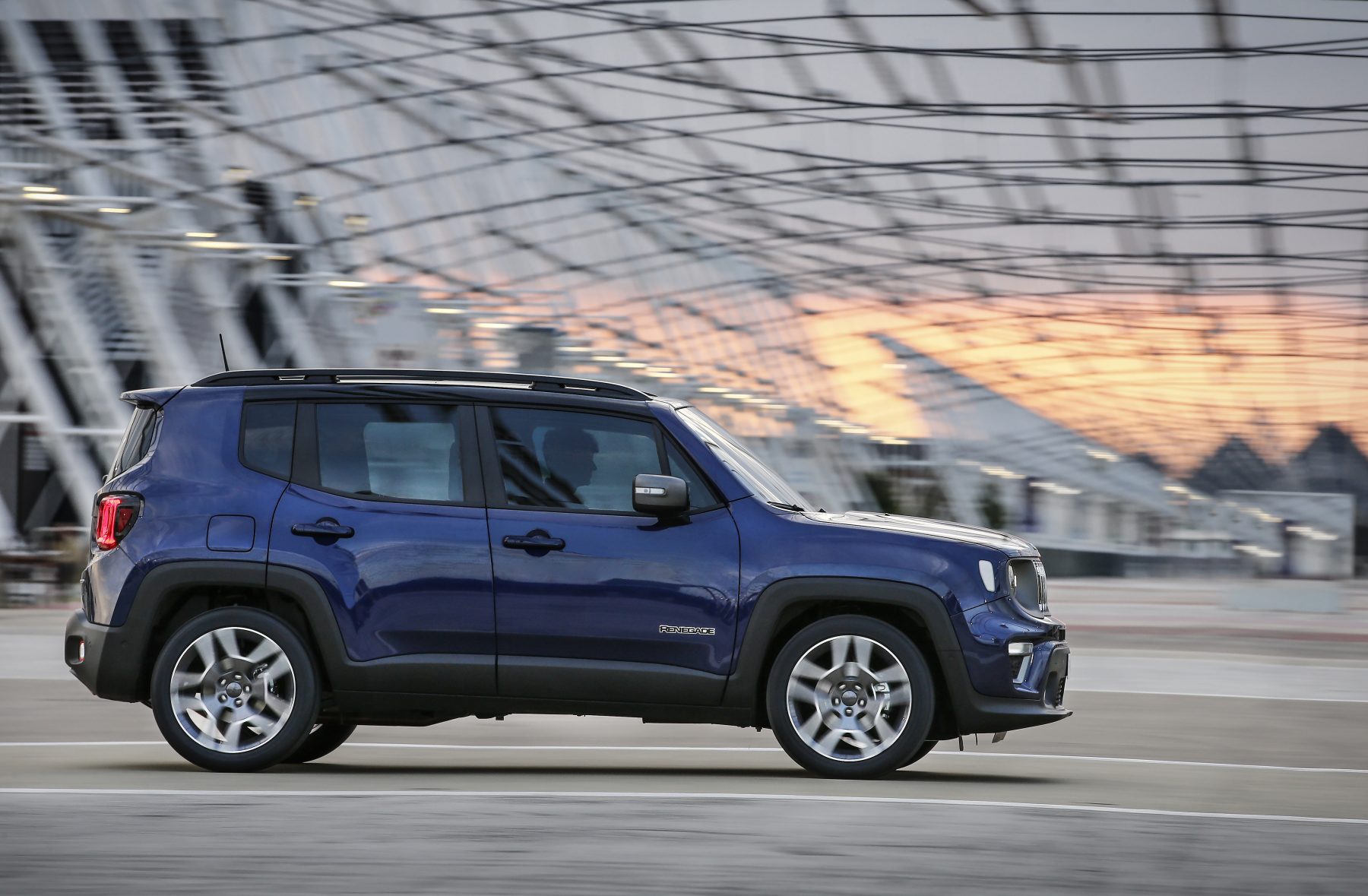
What’s it like to drive?
The Renegade never really set the world alight with its driving experience upon introduction, and the facelift version hasn’t really done anything to fix that.
While the new petrol engines are very good, the SUV is little on the vague side in terms of steering input — making it a less town friendly than rivals. At speed, poor ride quality and high wind noise means it’s not well suited to chewing up motorway miles either.
What it does offer over rivals is genuine go-anywhere capability — at least in off-road focused Trailhawk form. The sense of ruggedness is pedalled by marketing across the compact SUV spectrum, but the Renegade actually has the actions to back the words. A brief off-road run in the trail-rated version proved pleasant, tackling some pretty tough conditions without so much as a wheel spun.
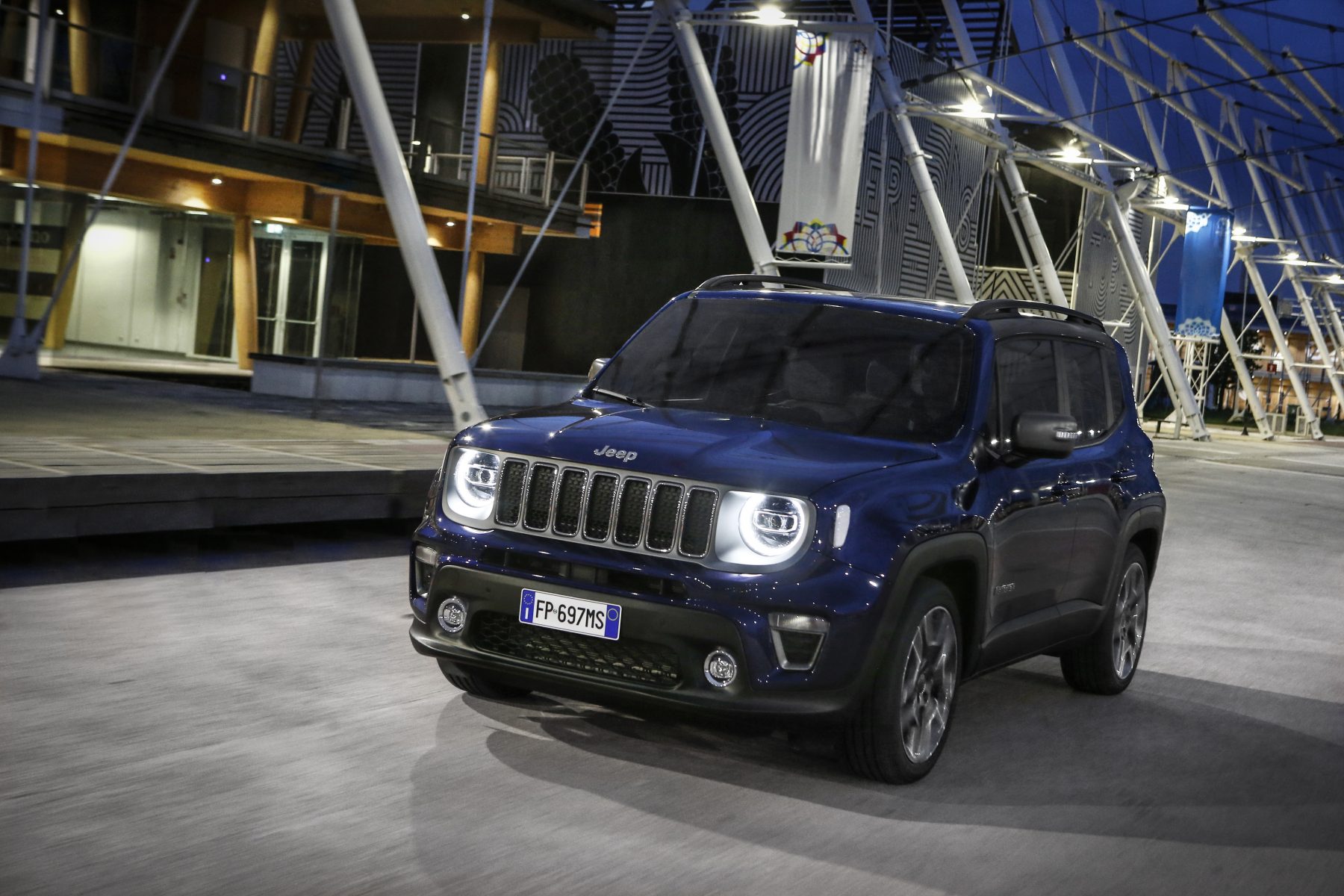
How does it look?
The Jeep Renegade is arguably one of the more interesting cars in its segment when it comes to design — scaling down the trademark boxy Jeep style into a funky little shape.
A bit of nip-and-tuck has done it no harm, either. This facelift hasn’t brought a whole lot in the way of visual changes, but a redesigned front fascia with full, circular LED headlights brings it up-to-date and allows it to further stand out in a very crowded market.
It’s a shape that suits brighter colours, too. Our test car was finished in a dark blue hue, but a glance at some more vibrant tones on offer gave us a better impression of how quirky the Renegade looks.
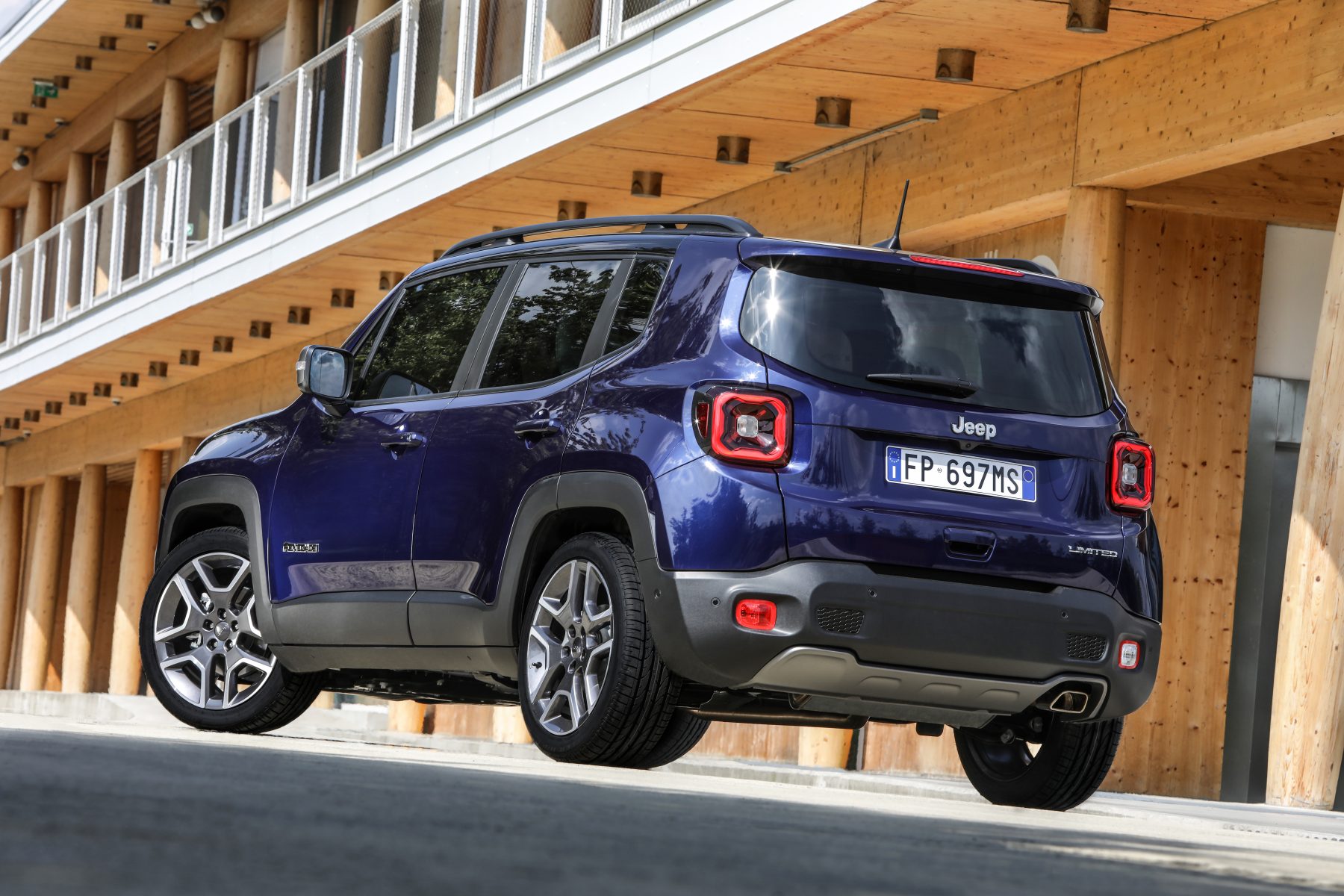
What’s it like inside?
The boxy theme continues to the interior of the Jeep Renegade — but we wish it hadn’t.
Space is quite cramped up front and it’s hard to find a driving position that’s just about right — often feeling too high sat, far away from the pedals while also being too close to the steering wheel. You’d struggle to fit any regular sized humans in the back row, too.
That said, headroom is plentiful thanks to the car’s tall design and although hard plastics are present — there’s also faux-leather seats which feel plush, along with a dashboard coated in soft-touch plastic.
There’s plenty of quirks to be found too, adding to the funky nature of the Renegade. Take a glance around the cabin and you’ll see speaker surrounds that feature embossed emblems of the iconic seven-slot Jeep grille, which can also be found next to the rear-view mirror. A little glance at the bottom right corner of the windscreen will reveal a miniature Willy’s Jeep decal, too.
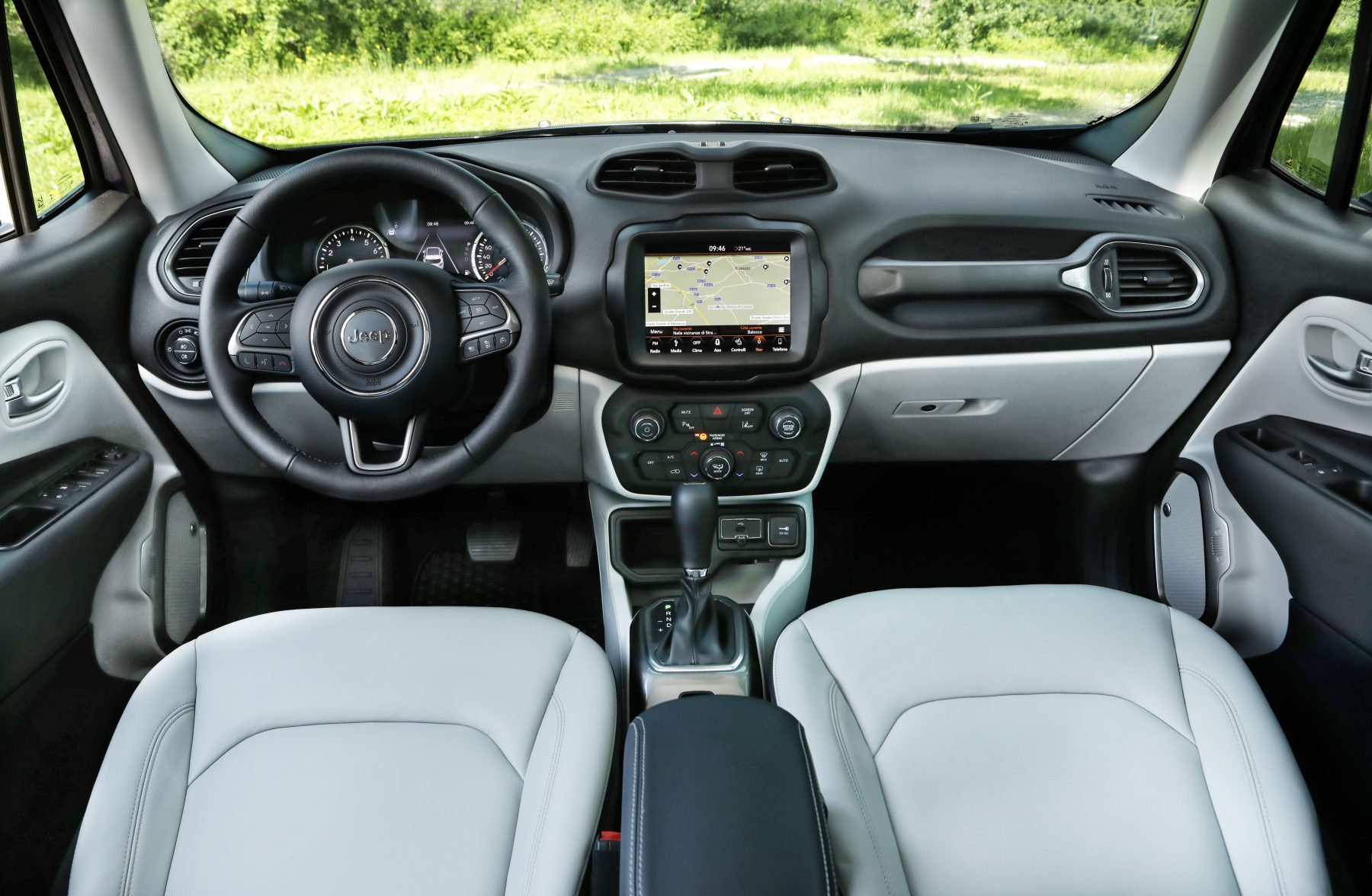
What’s the spec like?
Exact specifications and pricing for the UK have yet to be confirmed, so it’s hard to say just how much value you’re getting for the money, but we can tell you our Limited trim test car had a reasonable amount of kit on.
Exterior equipment included the new LED headlights and 19-inch alloy wheels — while inside the car, cruise control, a panoramic sunroof and an 8.4-inch infotainment display with support for Android Auto and Apple CarPlay took the spotlight.
There’s new safety assistance tech for the facelift Renegade as well. Lane departure warning and ‘Intelligent speed assist’ — which automatically adjusts cruise speed — with traffic sign recognition will both come as standard across Europe. Automatic parking will come later in 2018, too.
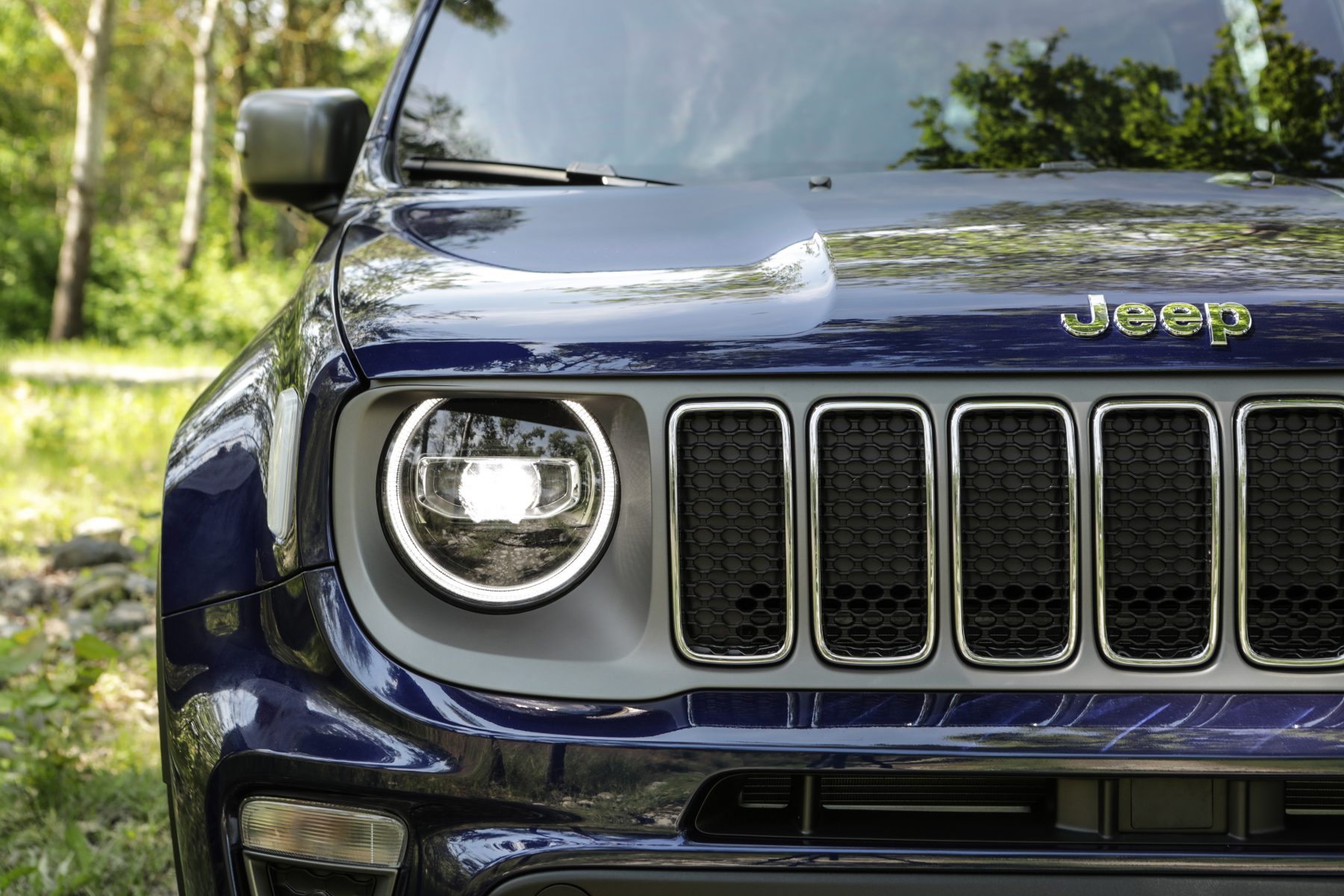
Verdict
While a facelift of the Jeep Renegade has gone some way into improving the quirky SUV, we still think it will remain an infrequent sight on UK roads.
It just doesn’t drive as well as rivals, and space is pretty limited. That said, if you want to stand out — this is the car to do it, offering bags of funk in a tiny package. It helps that the Jeep badge brings tons of appeal, too.
And if you truly want to take your compact SUV off-road, the Renegade Trailhawk might actually be the class leader.
Facts at a glance
Model as tested: Jeep Renegade Limited
Price: TBA
Engine: 1.0-litre turbocharged three-cylinder
Power (bhp): 118
Torque (Nm): 190
Max speed (mph): TBA
0-60mph: TBA
MPG: TBA
Emissions (g/km): TBA



